al-Bara البارة
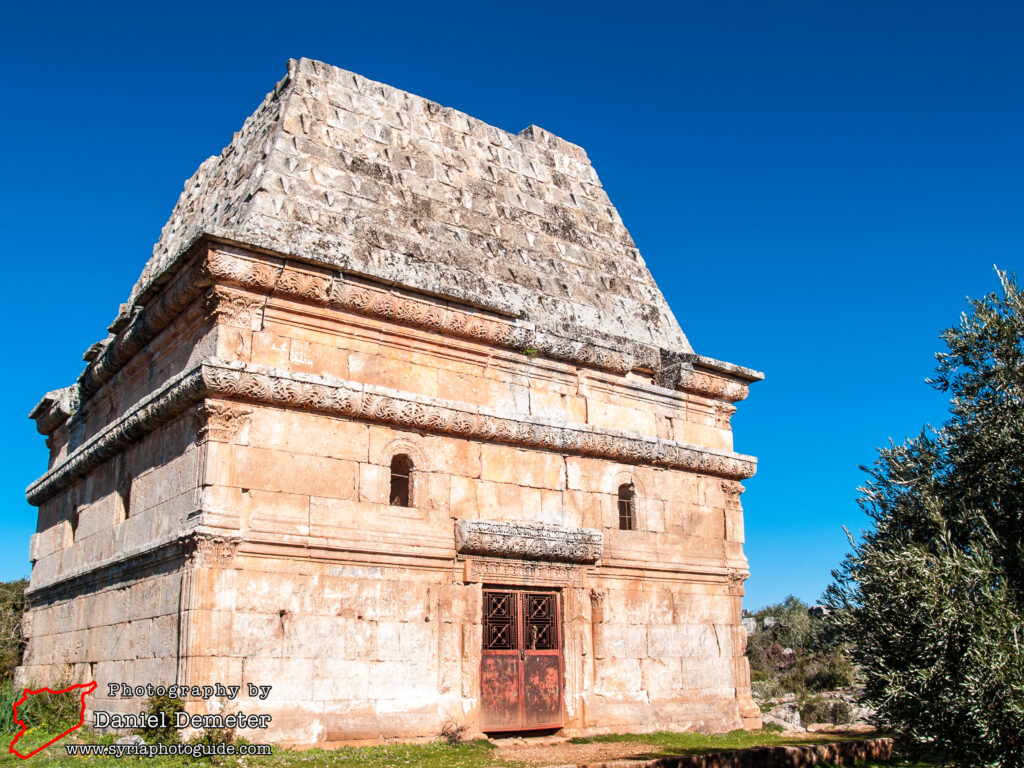
al-Bara (البارة) is the site of an extensive Byzantine-era settlement, perhaps the largest in the limestone massif, and should be included on any itinerary to the region. In addition to numerous villas and churches in varying states of preservation, the site has two pyramid tombs (one of which is richly decorated with stone carvings), an interesting monastery complex, and a small fortress constructed centuries later. While the main points of interest are located near to roads through the site, a large portion of the remains are spread out through olive groves and other vegetation. To fully explore the site, allow for a visit of several hours.
The site was first settled in the fourth century, and grew rapidly during the fifth and sixth centuries. Rich agricultural land with plentiful water resources fueled this growth, in addition to the town being located at a natural north/south corridor. al-Bara (البارة) quickly enriched itself through its olive oil and wine industry, becoming a processing point for other surrounding villages. Eventually the settlement had at least eight churches, as well as a bishop affiliated with Constantinople.
For the visitor, the highlight of al-Bara (البارة) are the two pyramid tombs located in the west and central areas of the site. The larger, western tomb is particularly ornate, with incredible stone carved decoration on the exterior and five decorated sarcophagi inside. The smaller, more centralized tomb is particularly well preserved, though more austere in decoration. The most well preserved religious building at the site is the monastery known as Deir Sobat, built in the sixth century, at the far southwest point of the site. The numerous other churches are in unfortunately poor states of preservation, the largest being the church known as al-Hosn.
To the northeast of the main section of ruins is the castle known as Qalaat Abu Safian (قلعة ابو سفيان). This castle, largely constructed from recycled stones from the Byzantine site, was built by Arab forces after they took control of the area from the Crusaders. This fortress remains relatively well preserved, though small in scale.
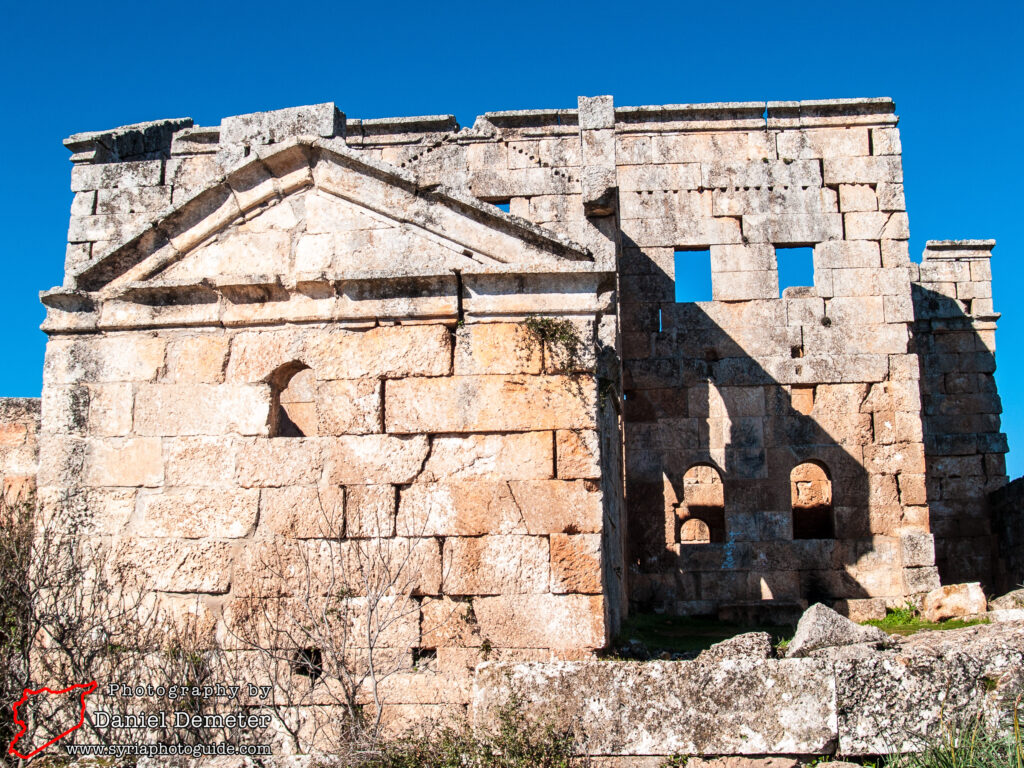
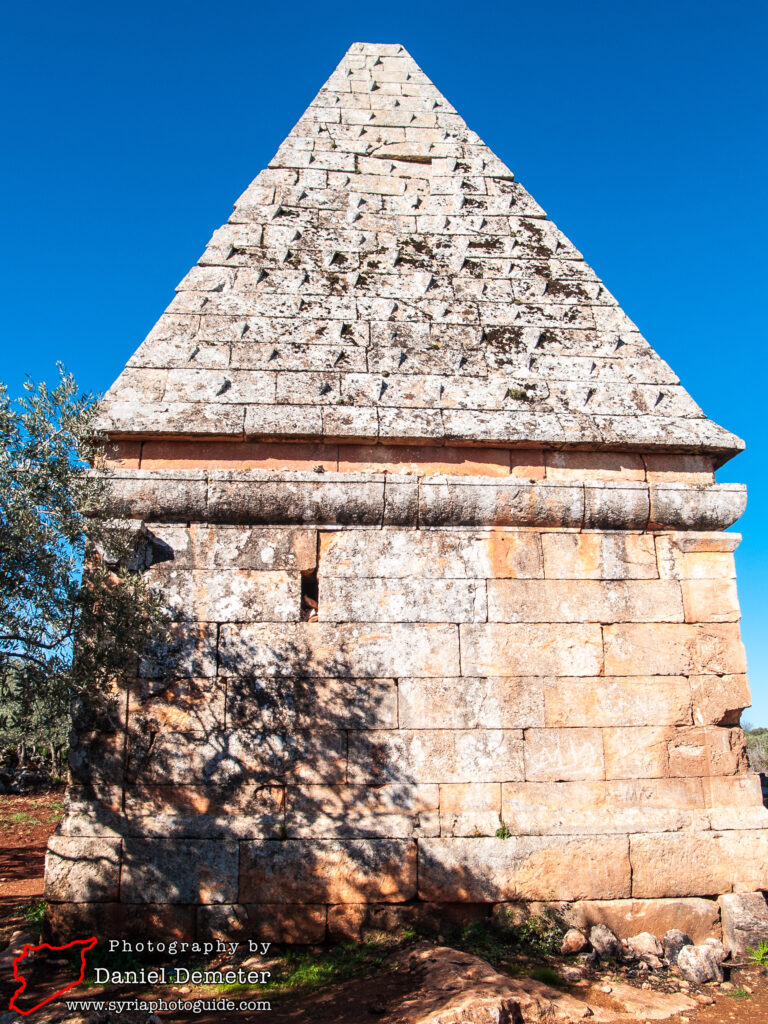
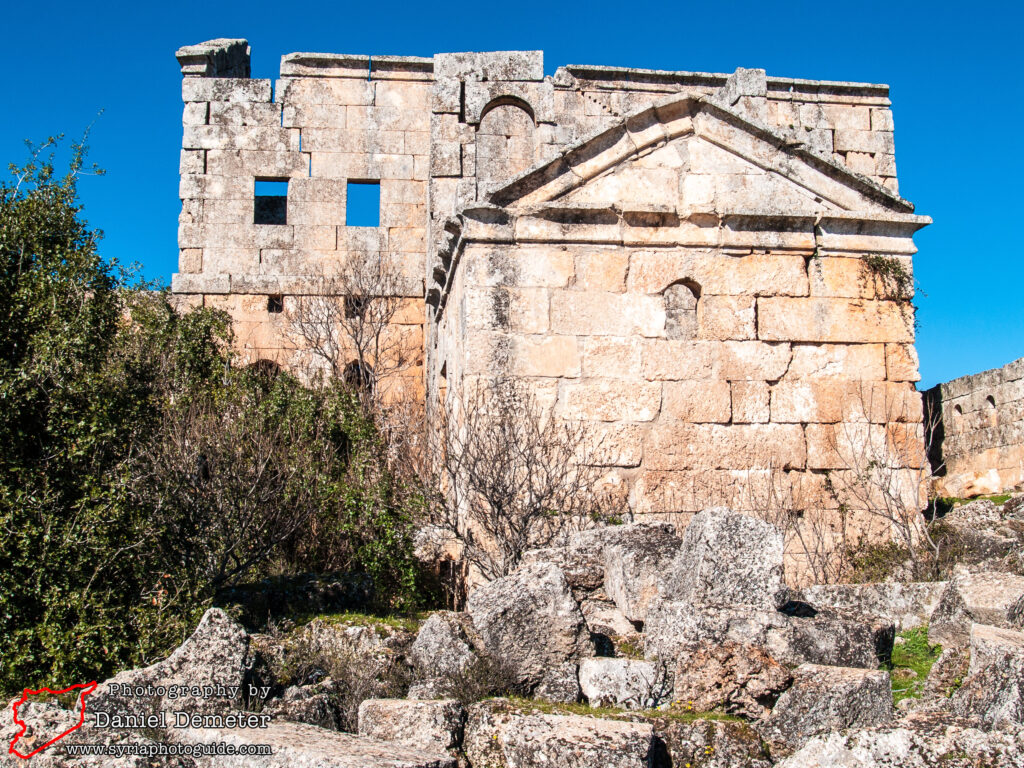
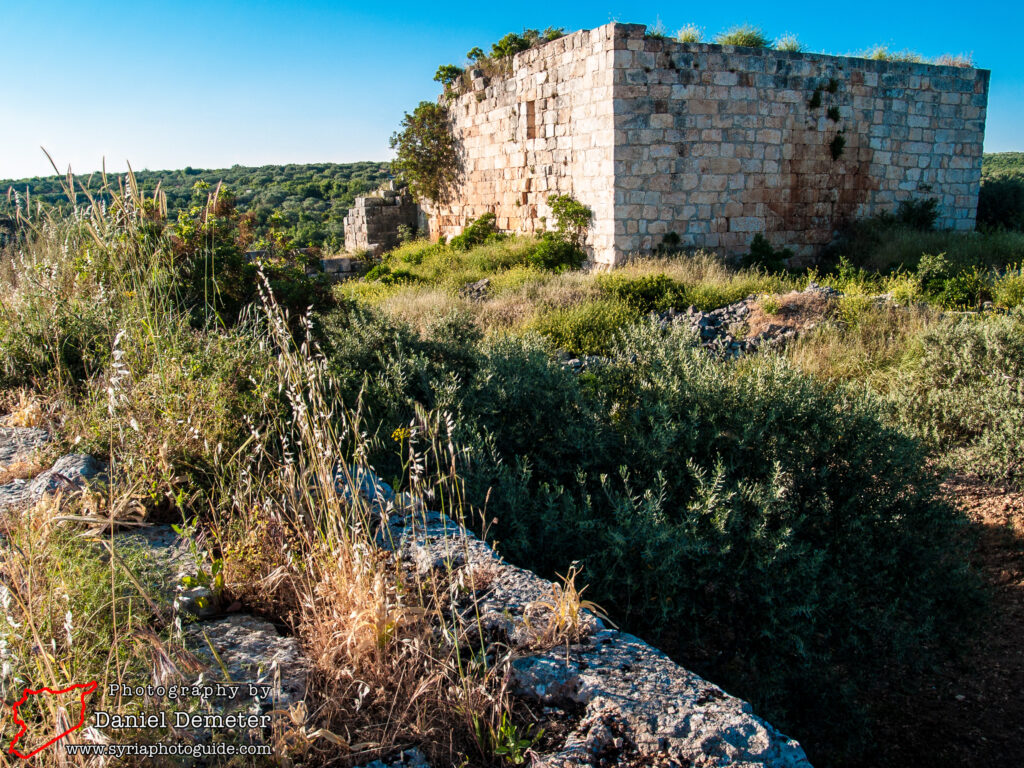
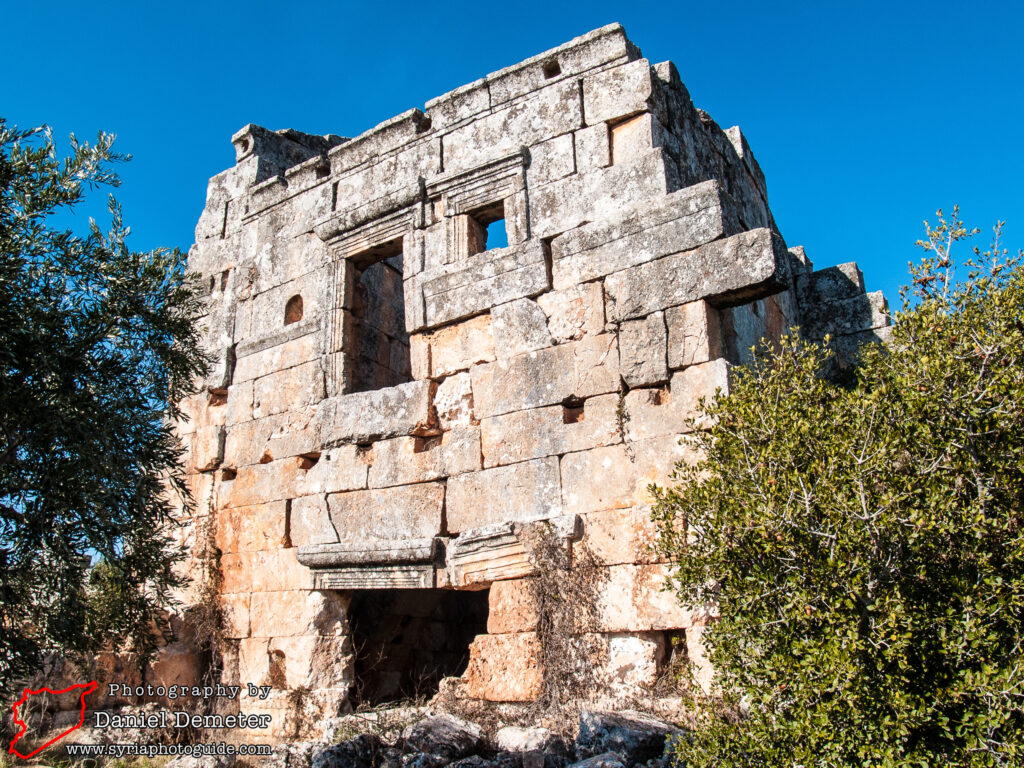
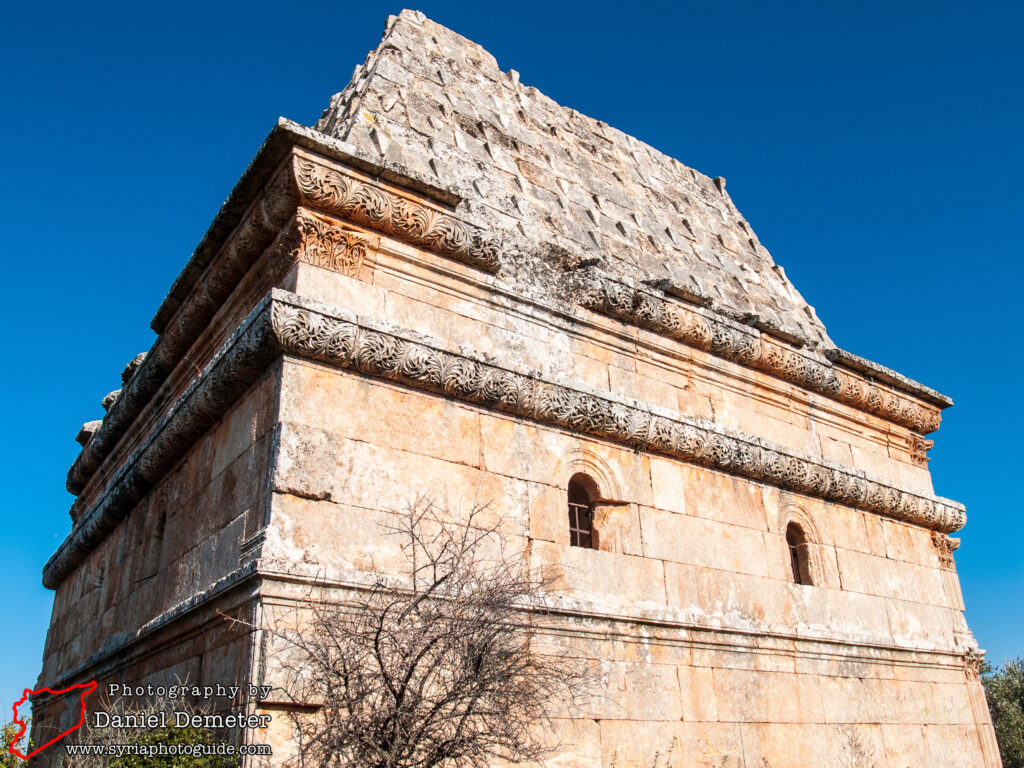
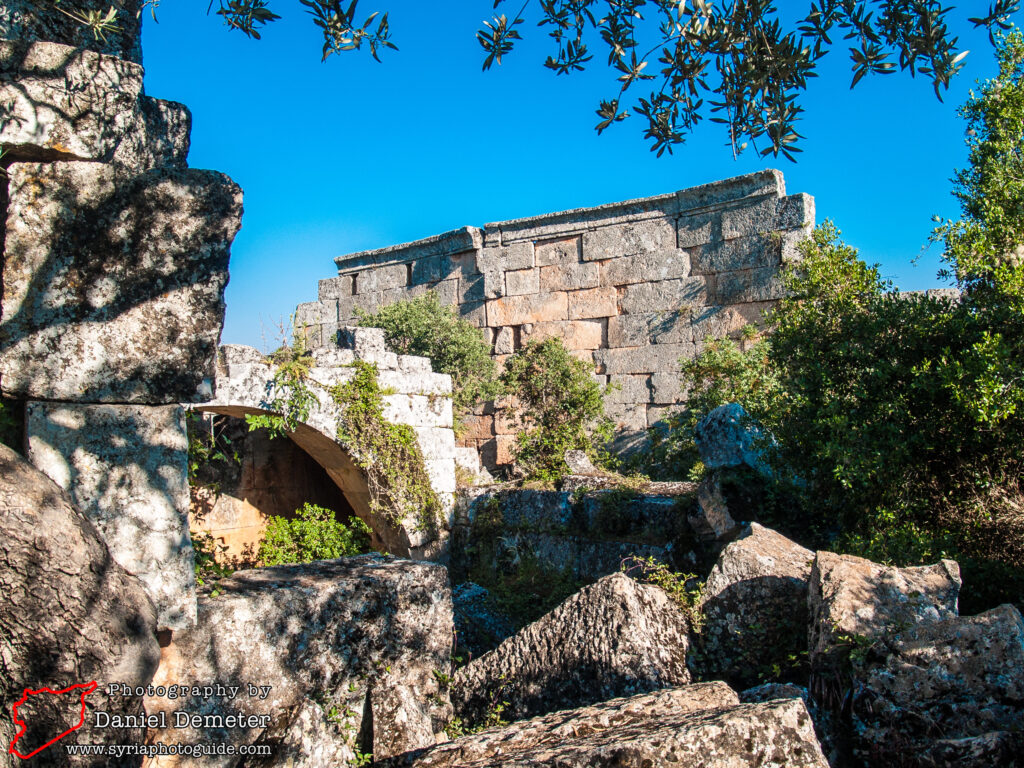
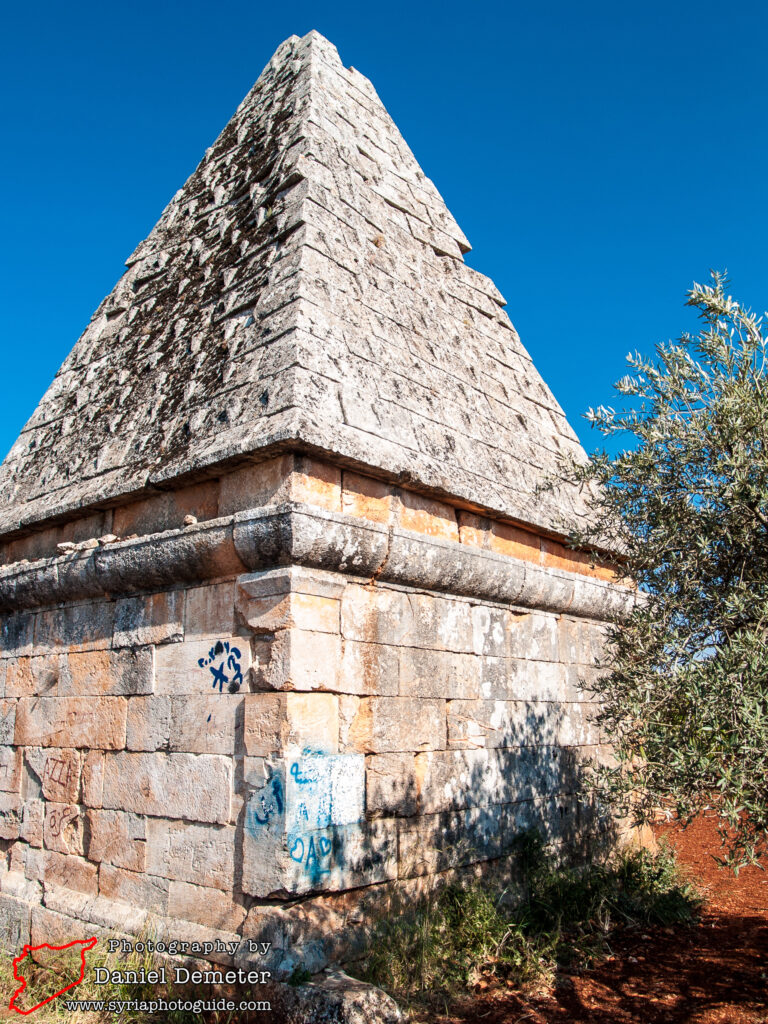
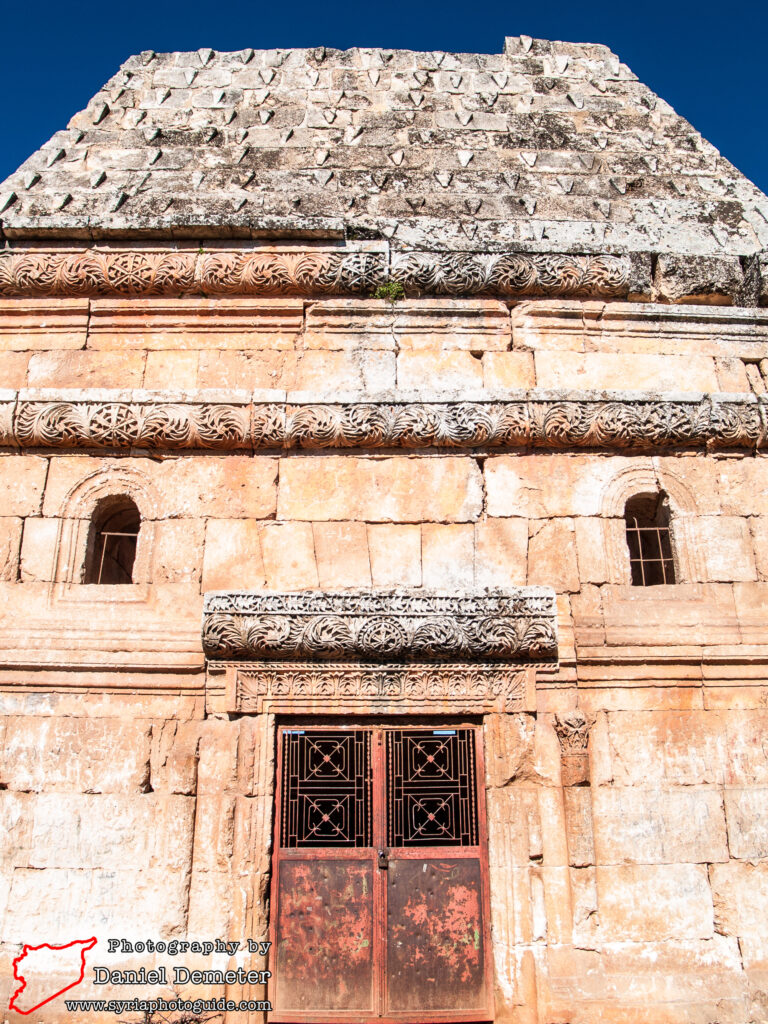
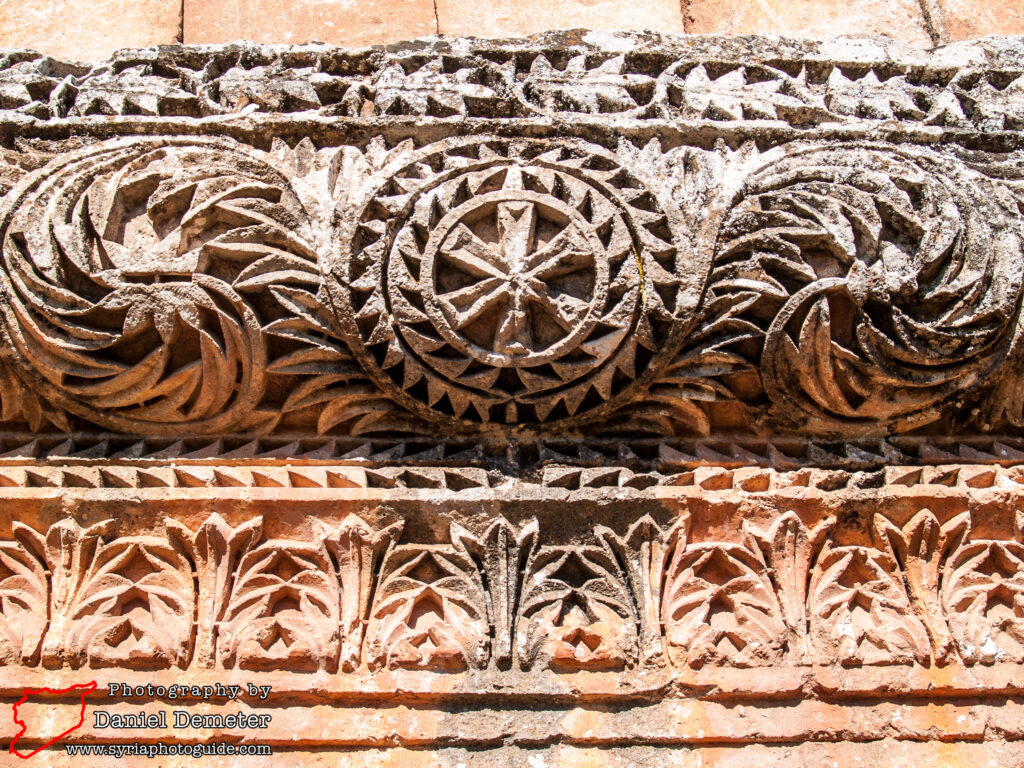
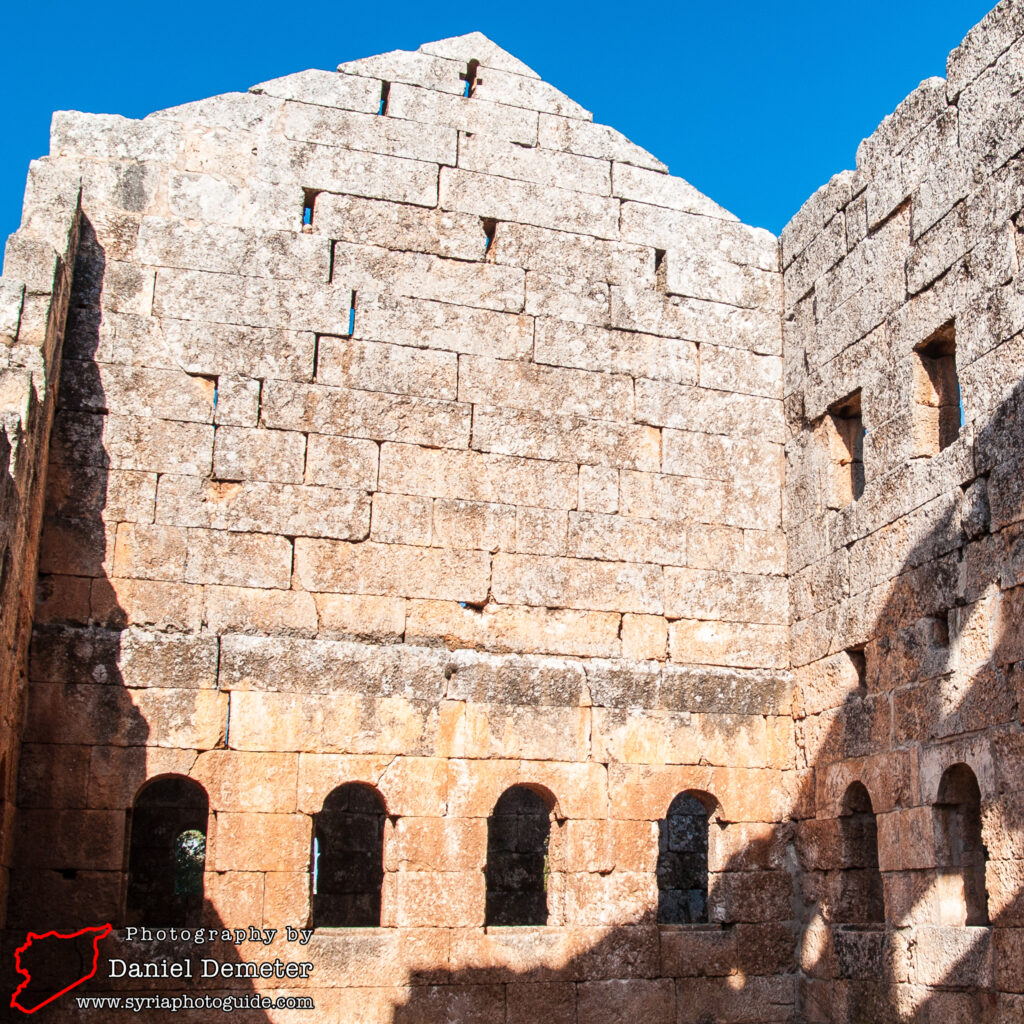
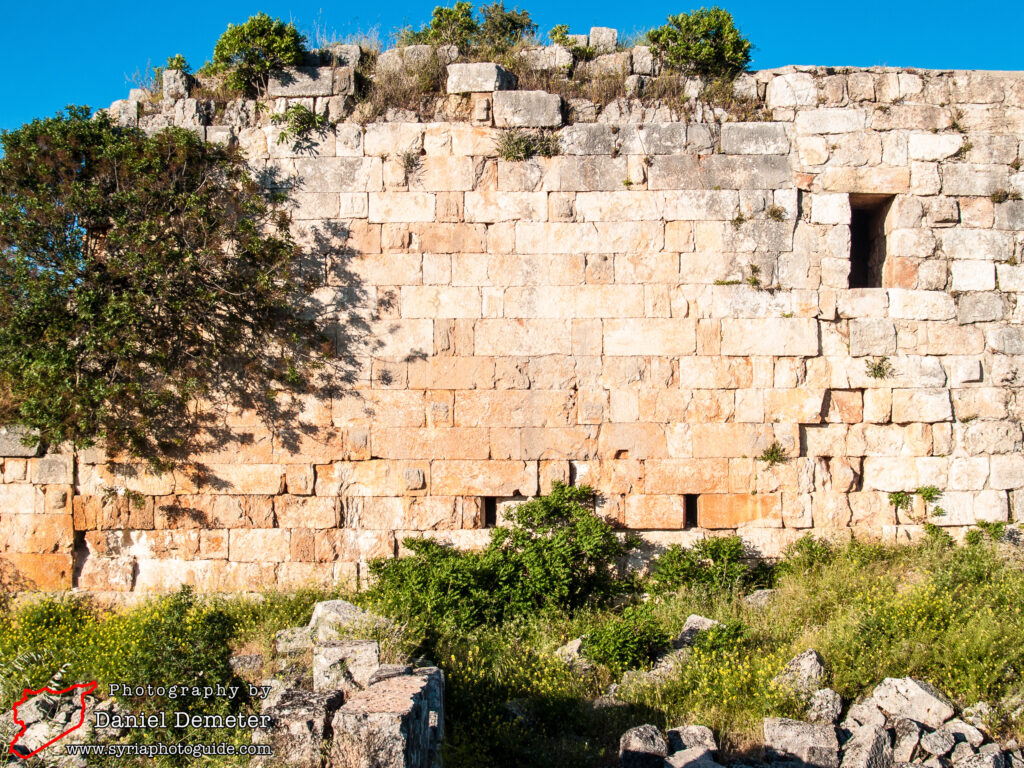
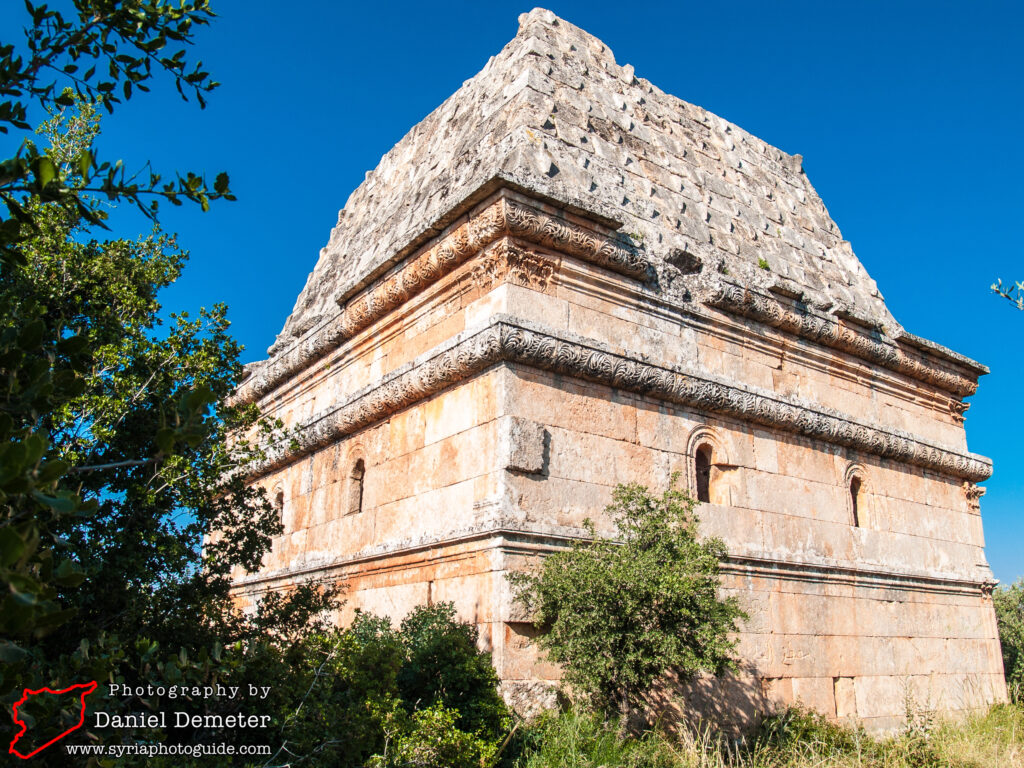
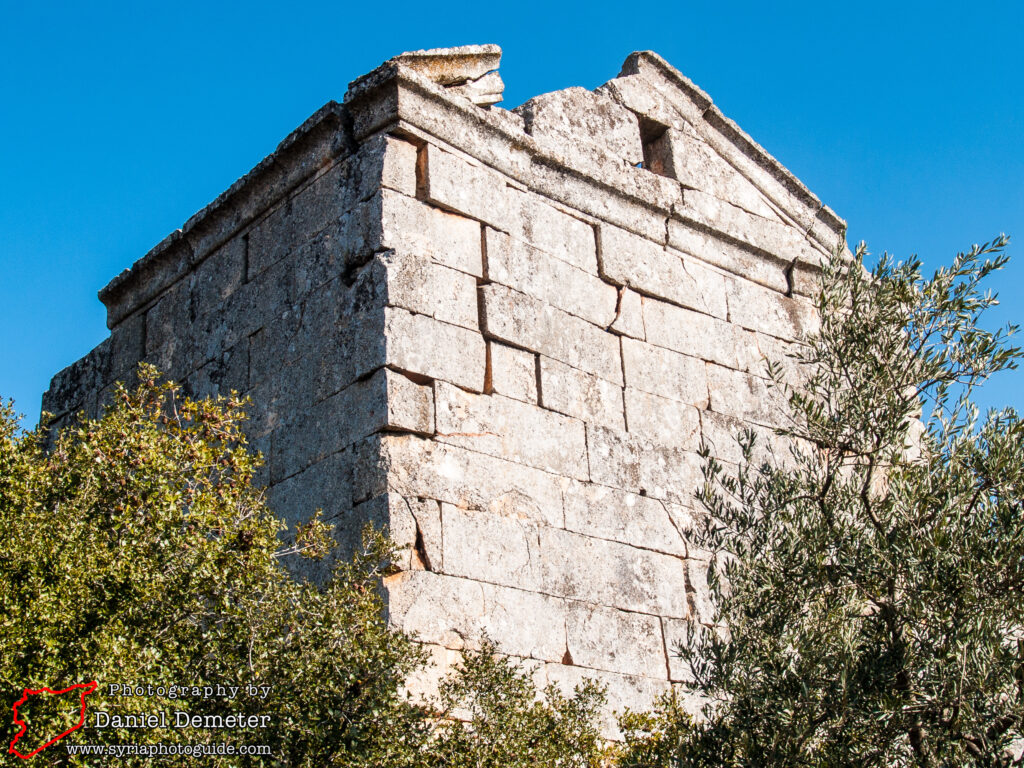
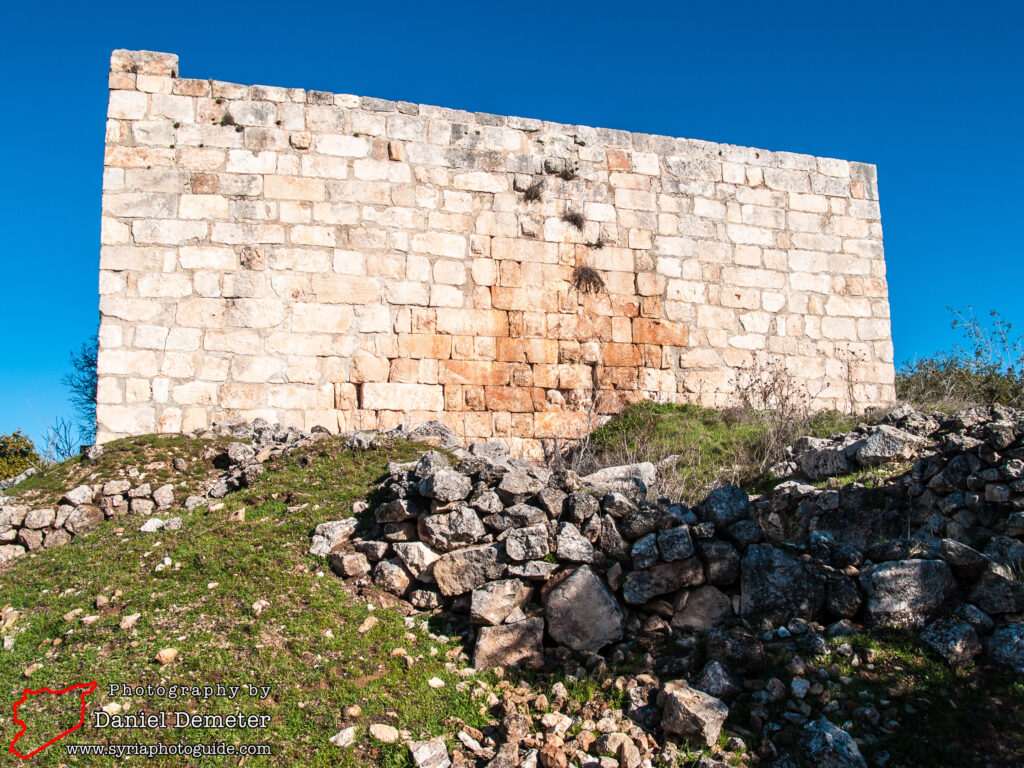
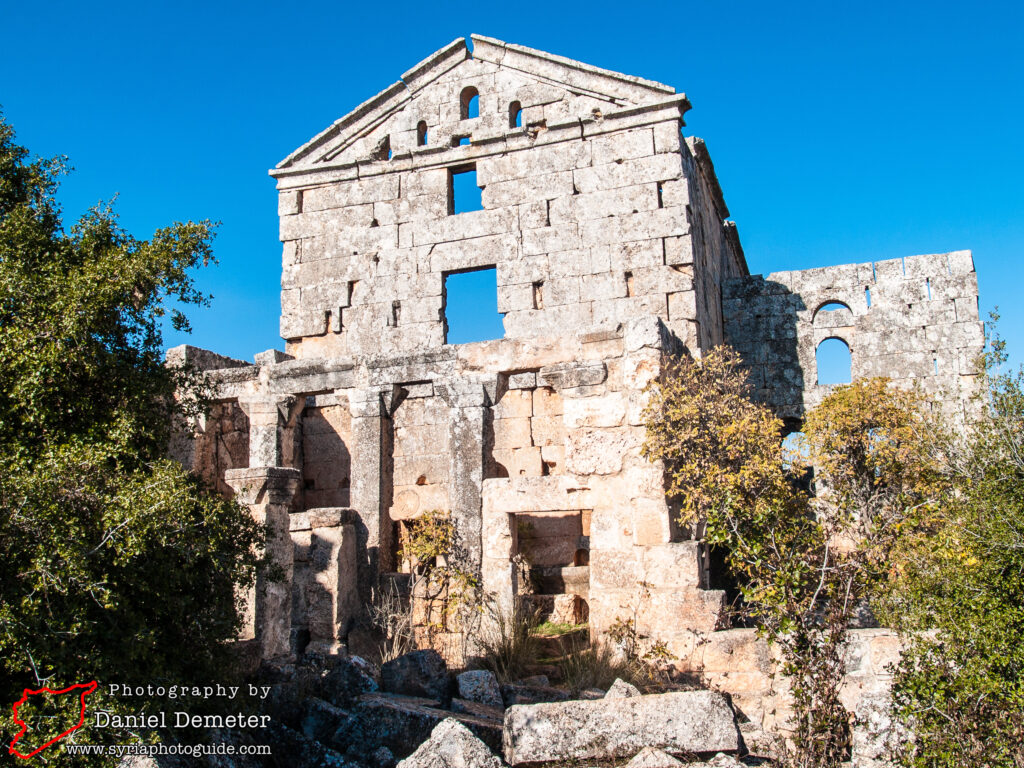
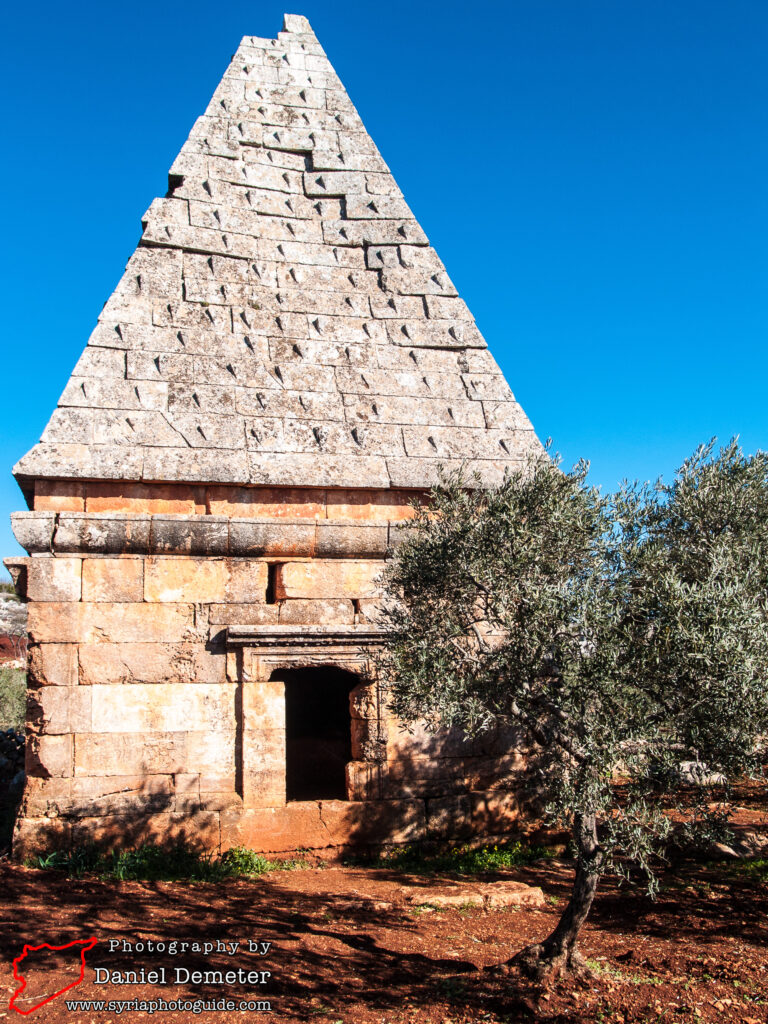
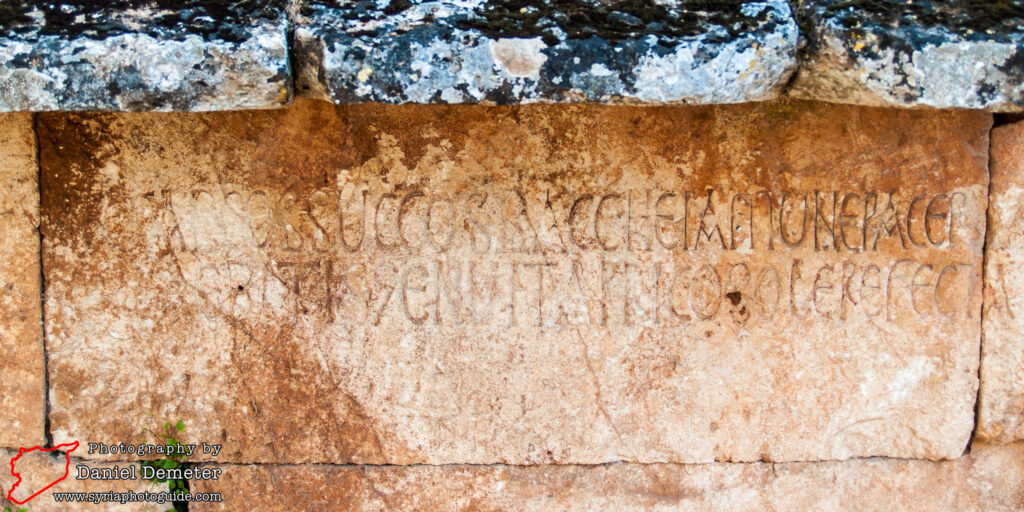
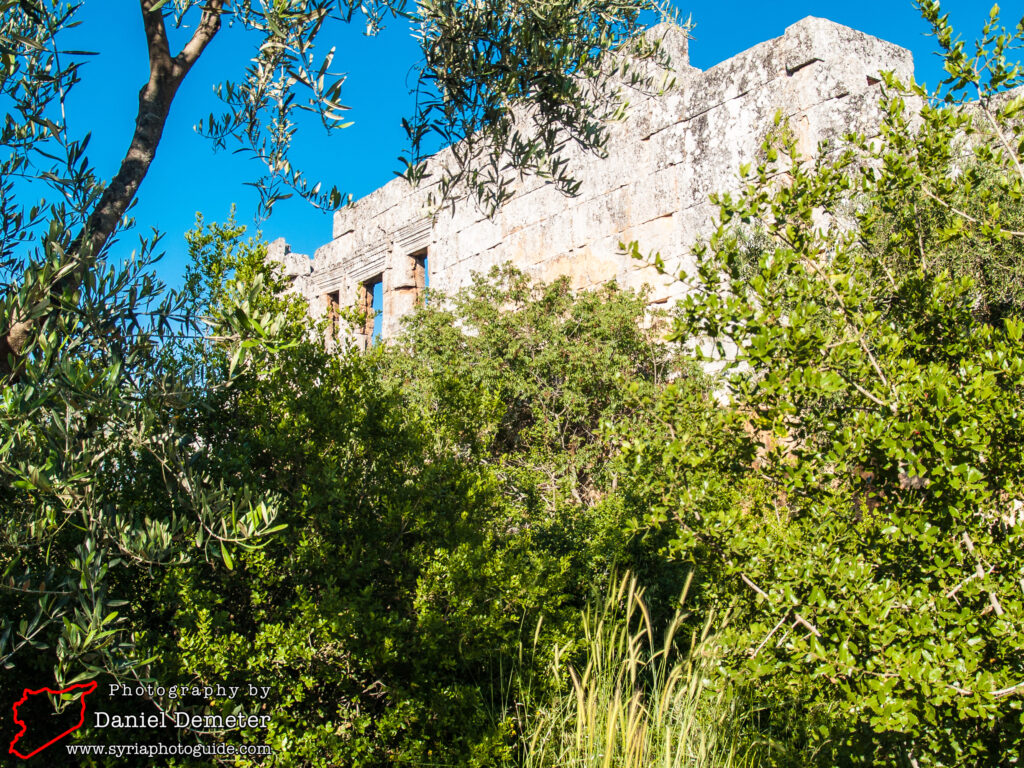
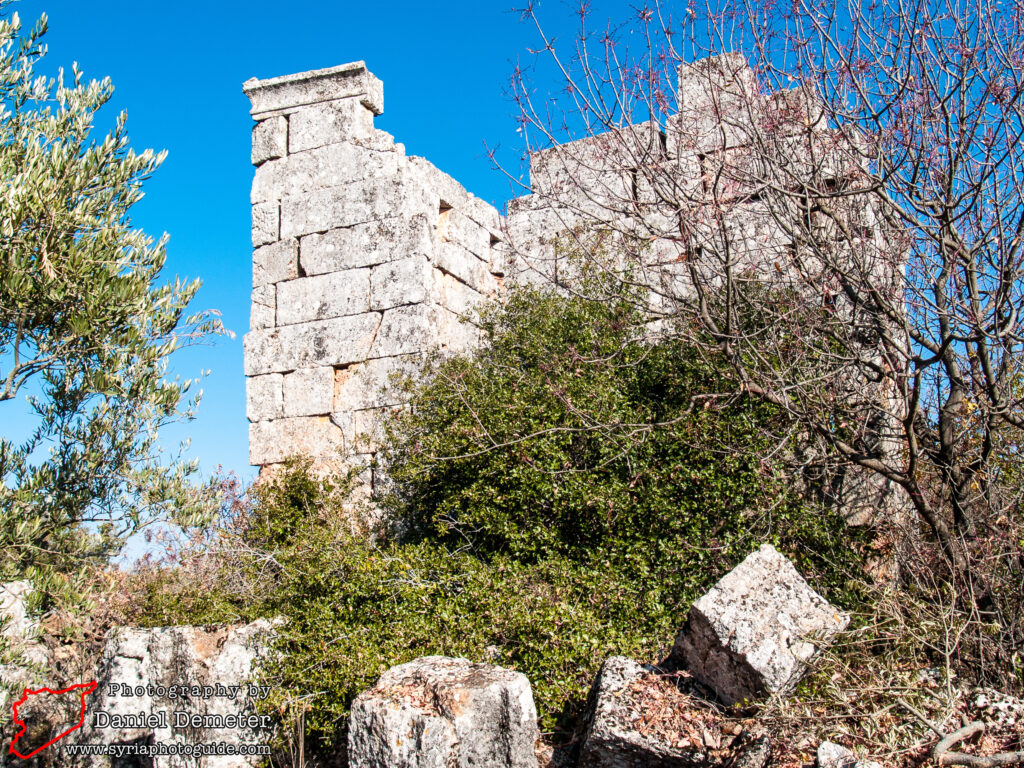
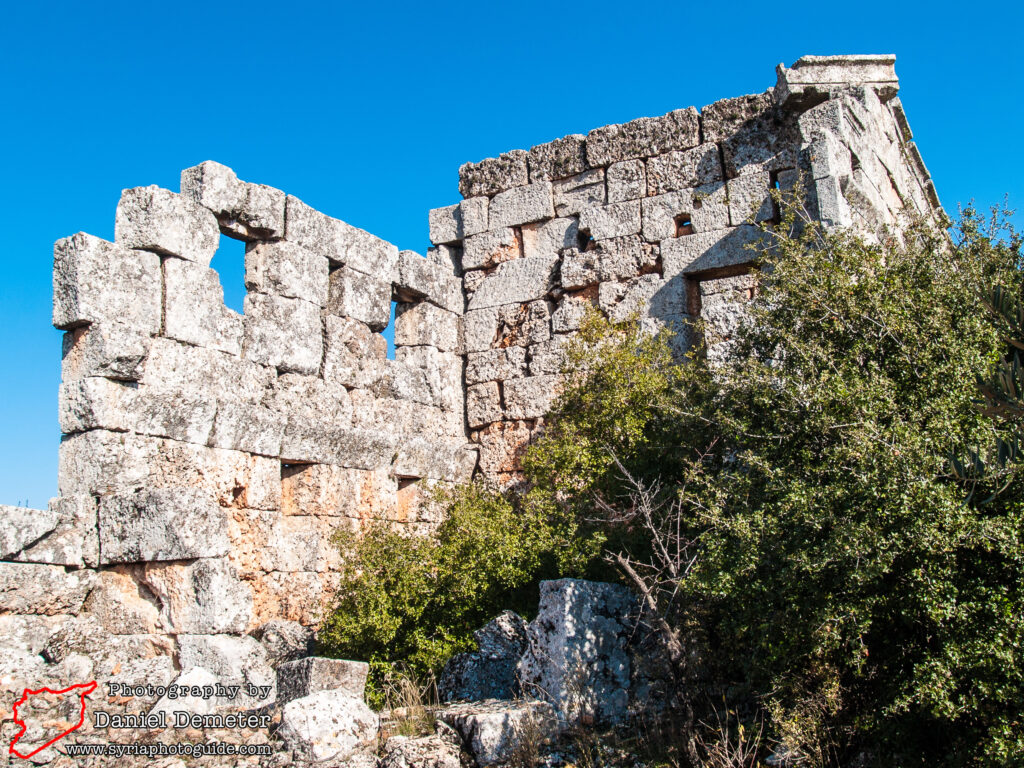
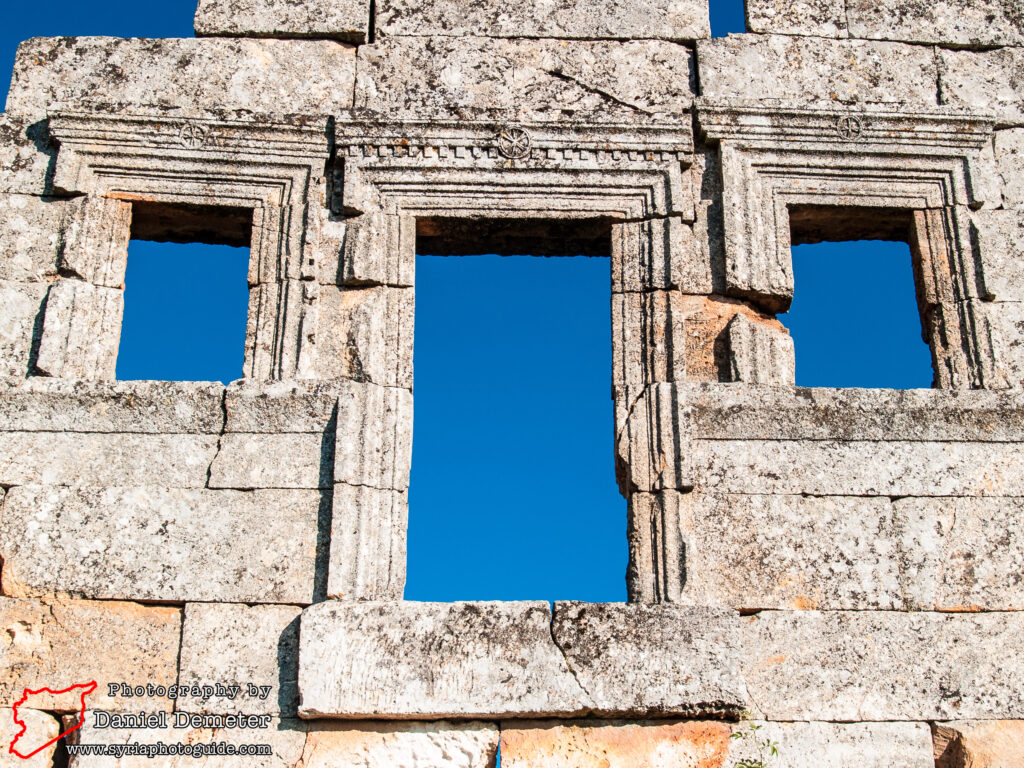
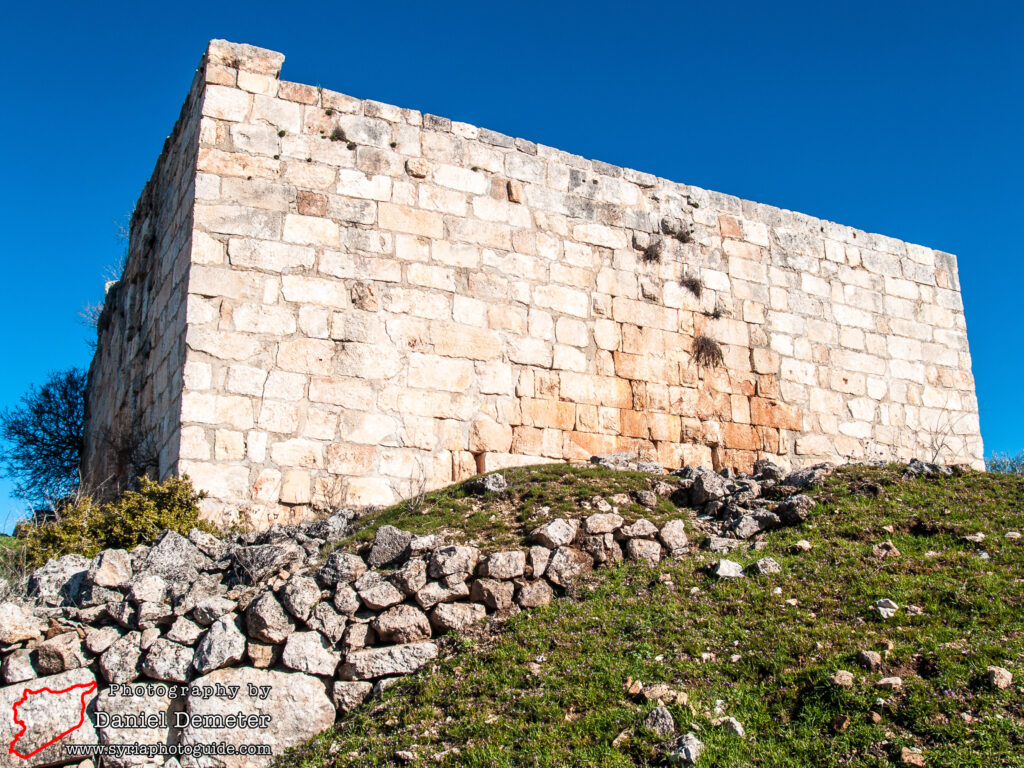
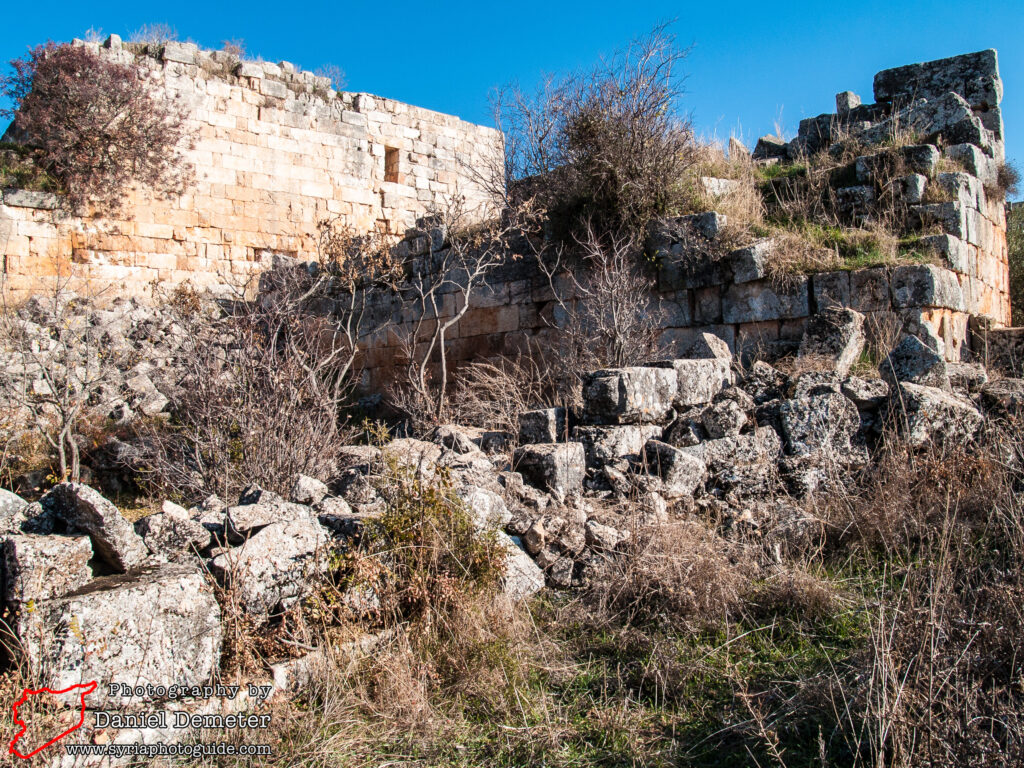
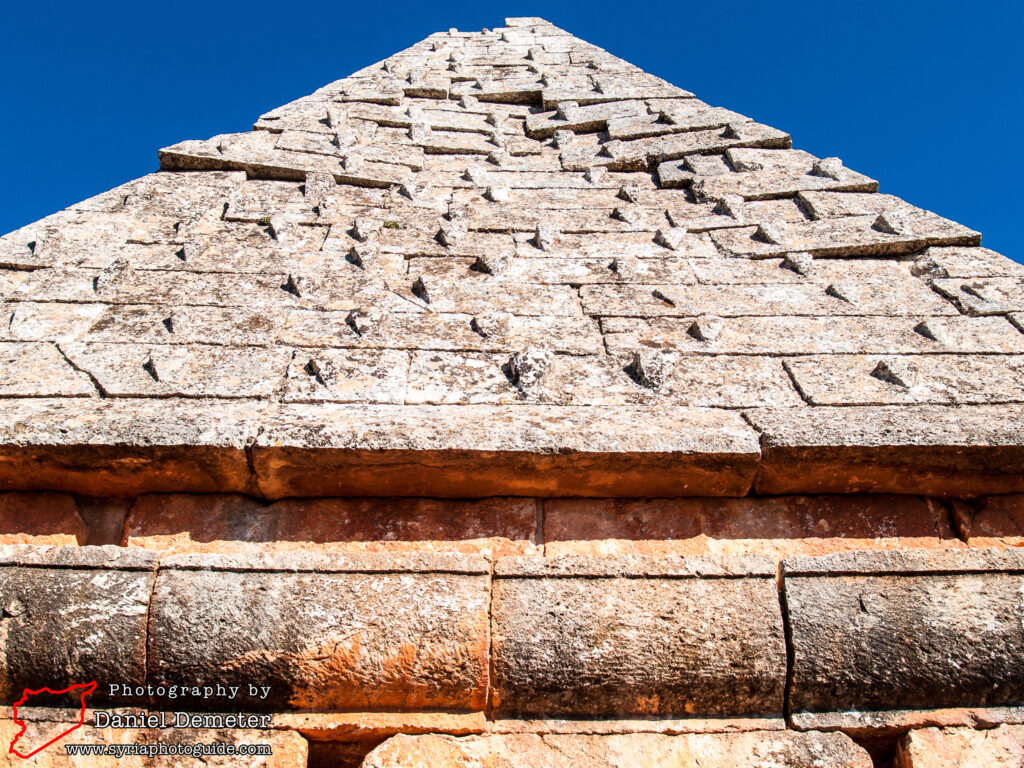
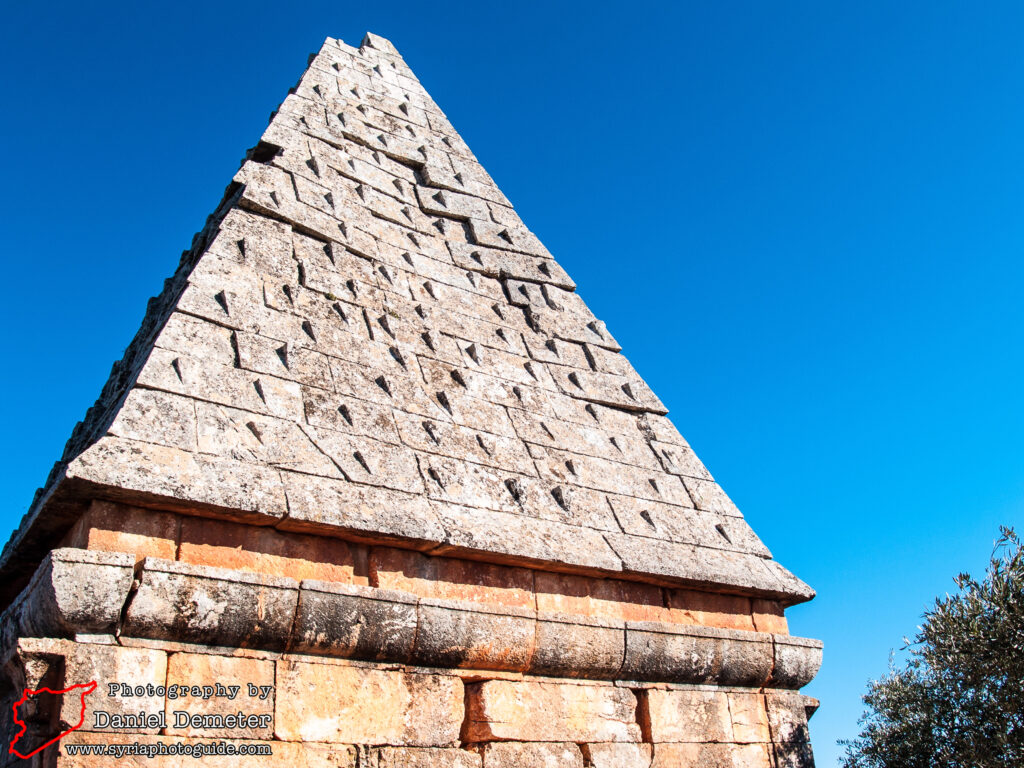
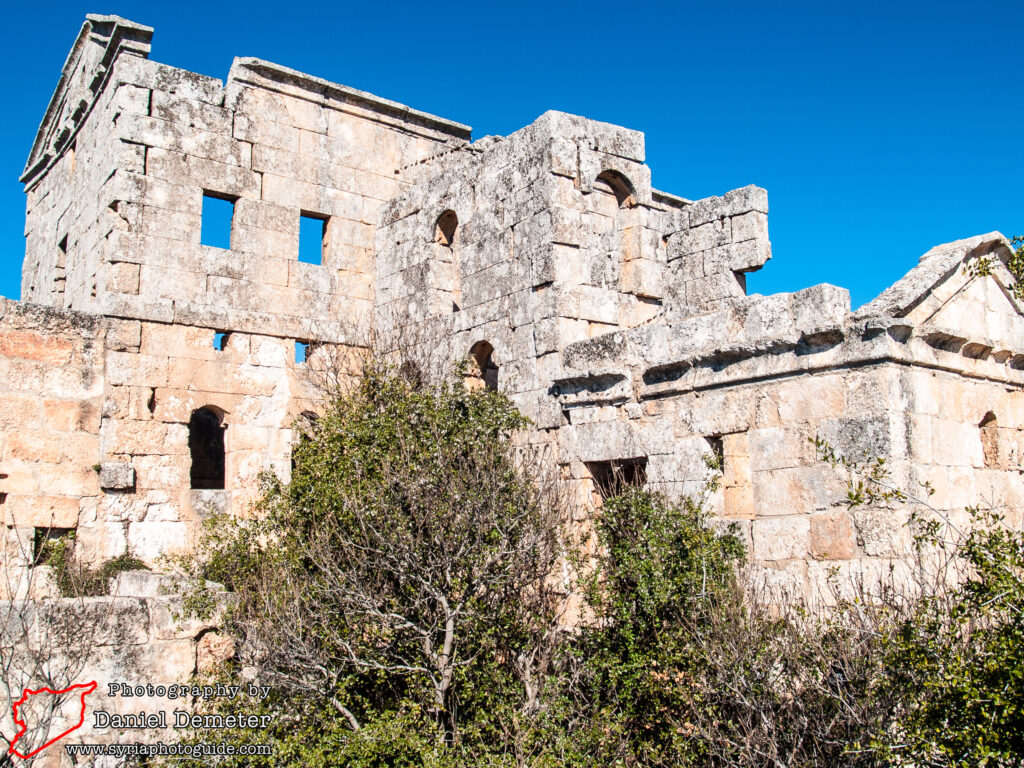
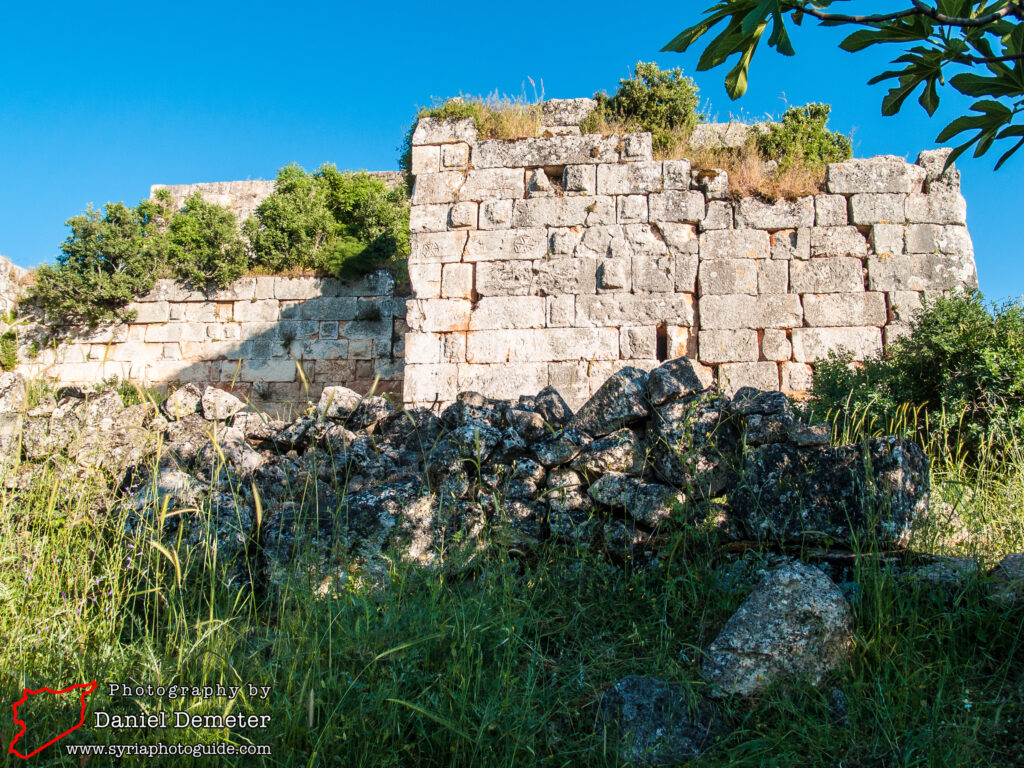
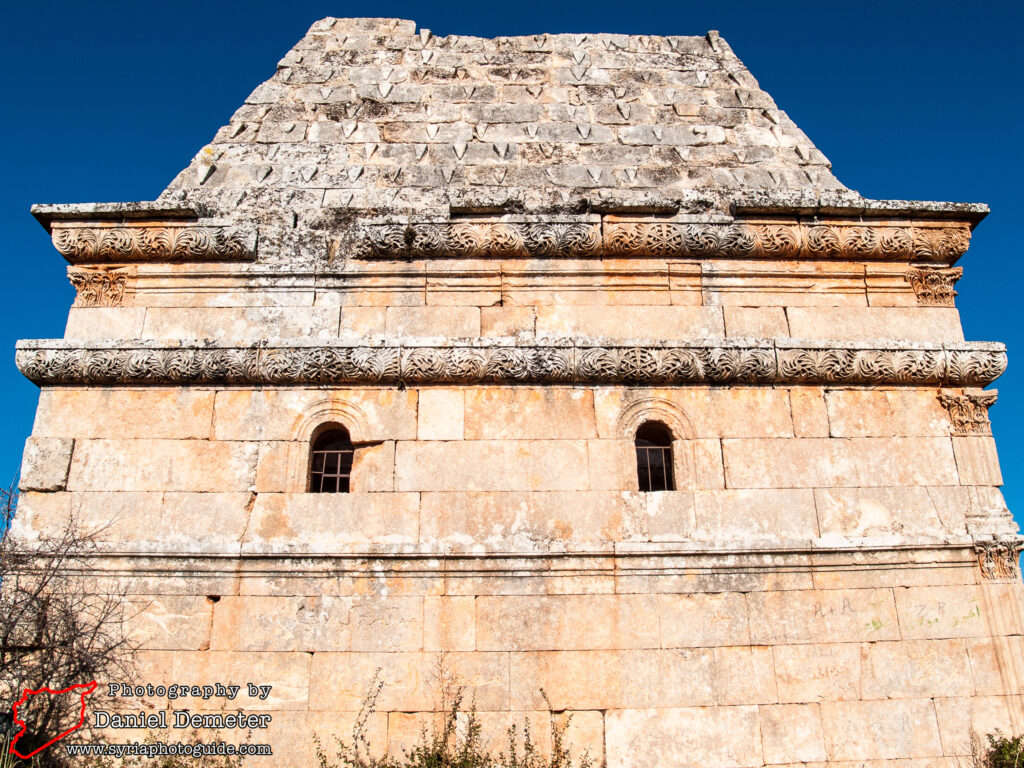
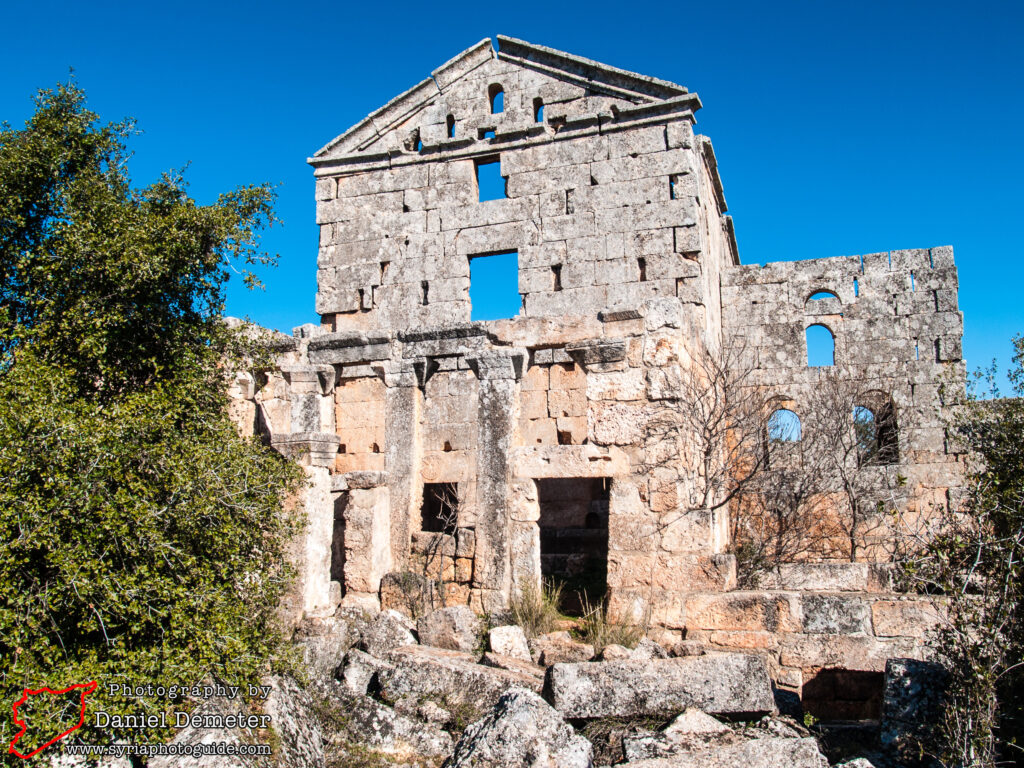
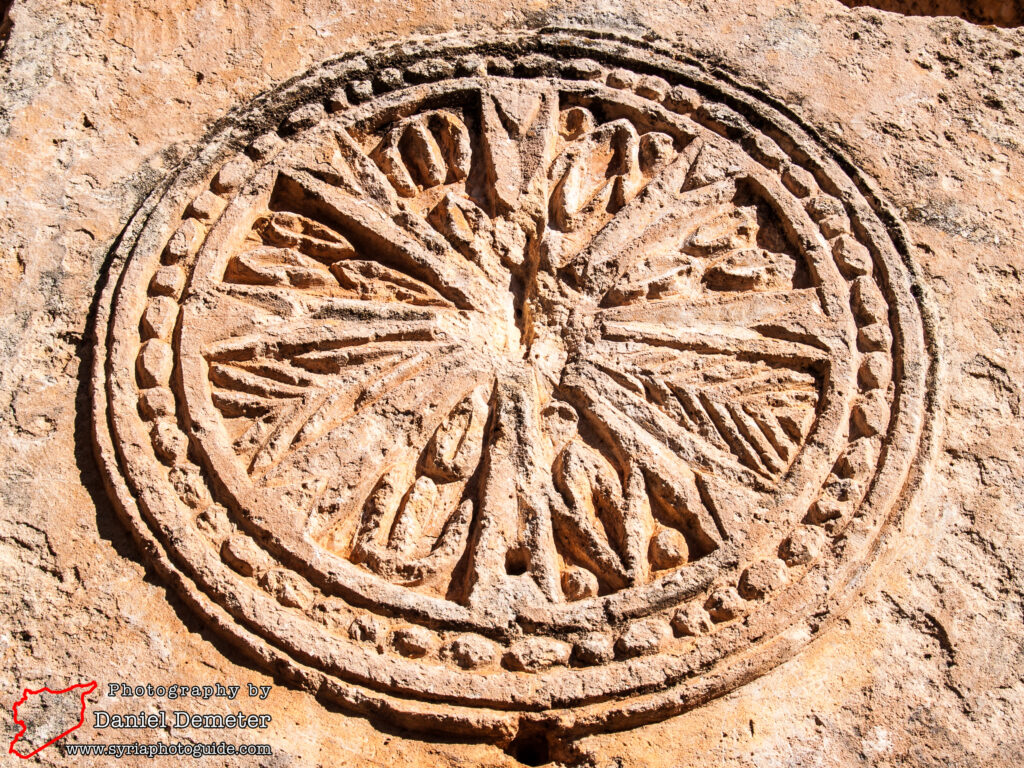
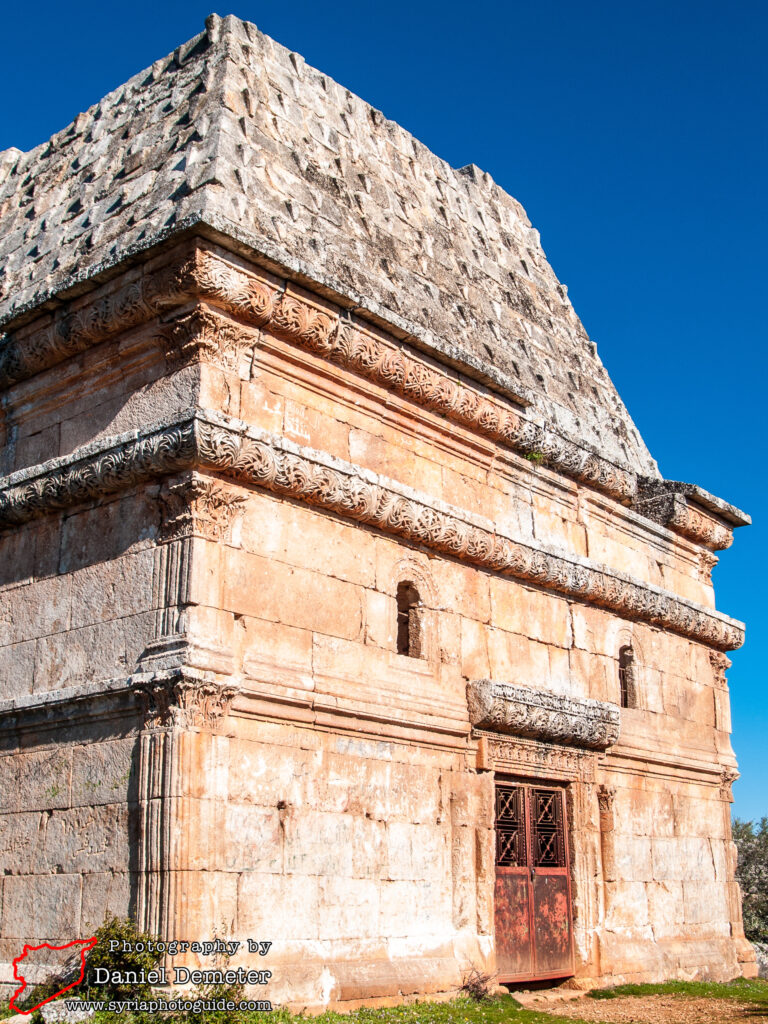
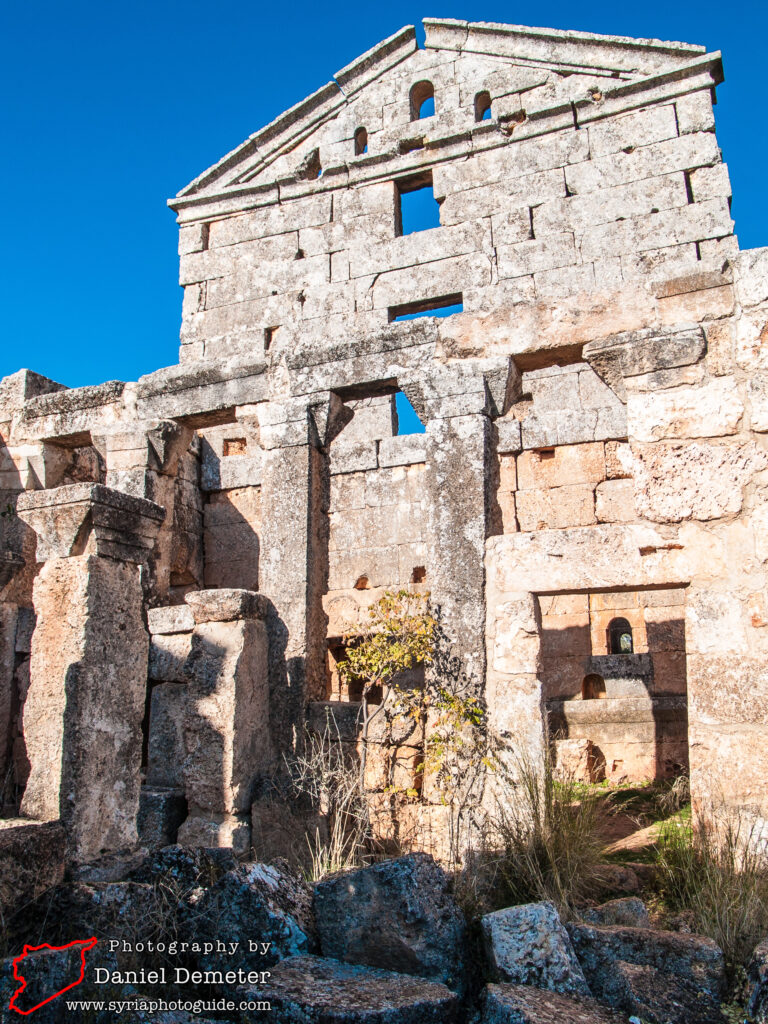
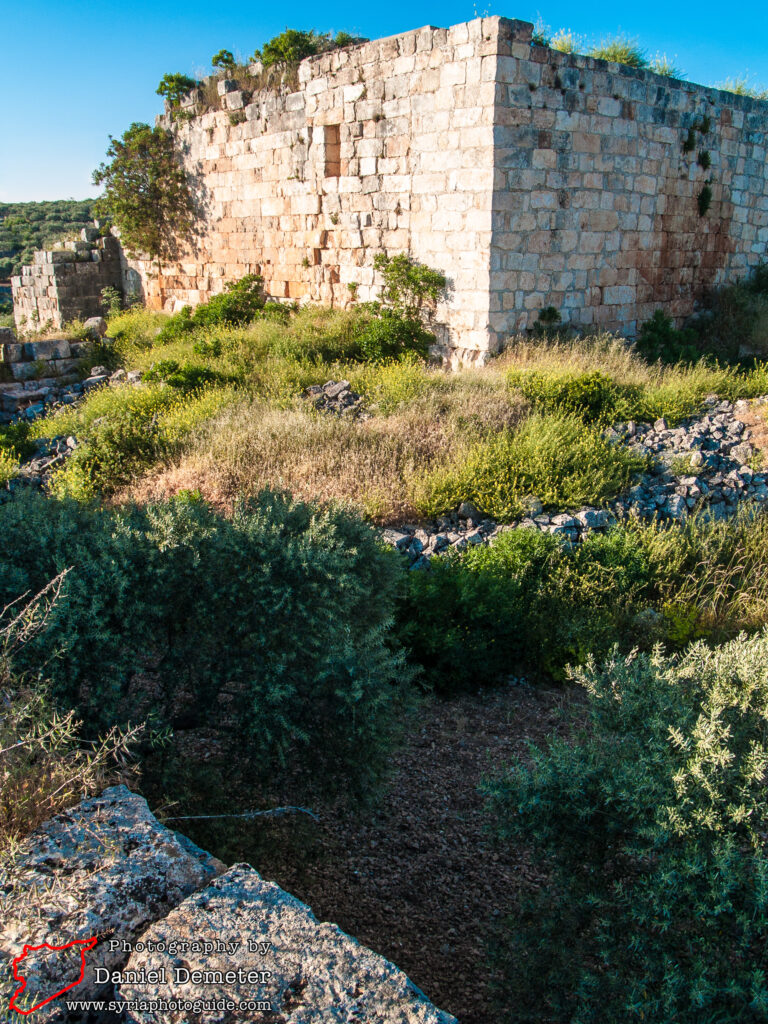
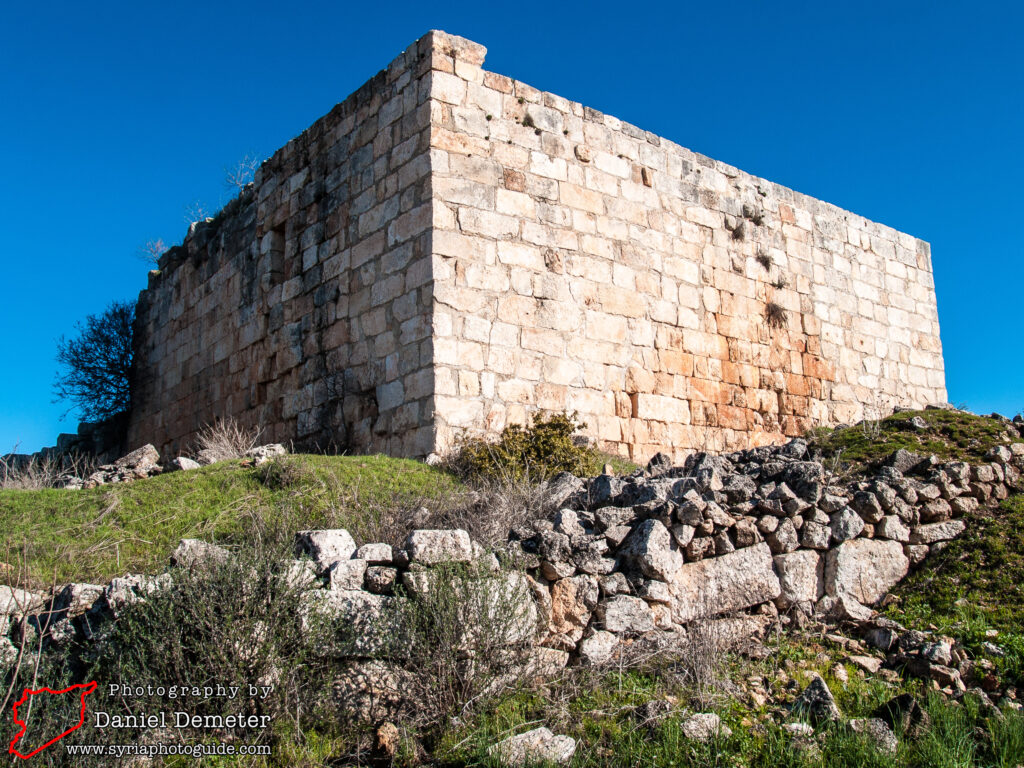
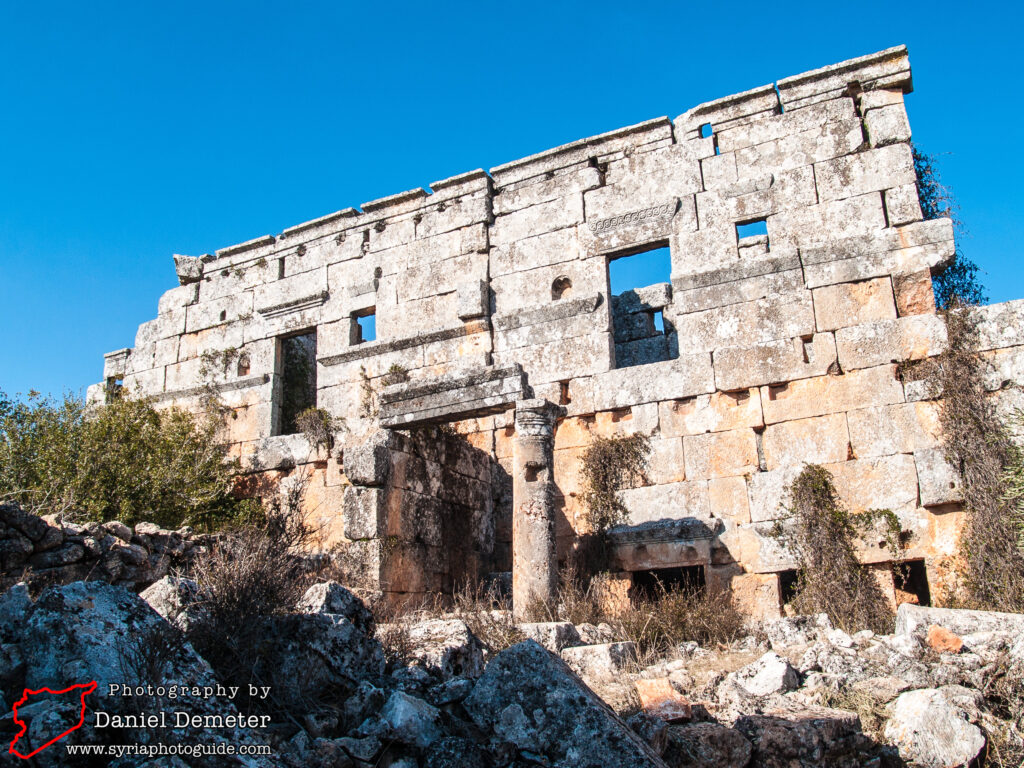
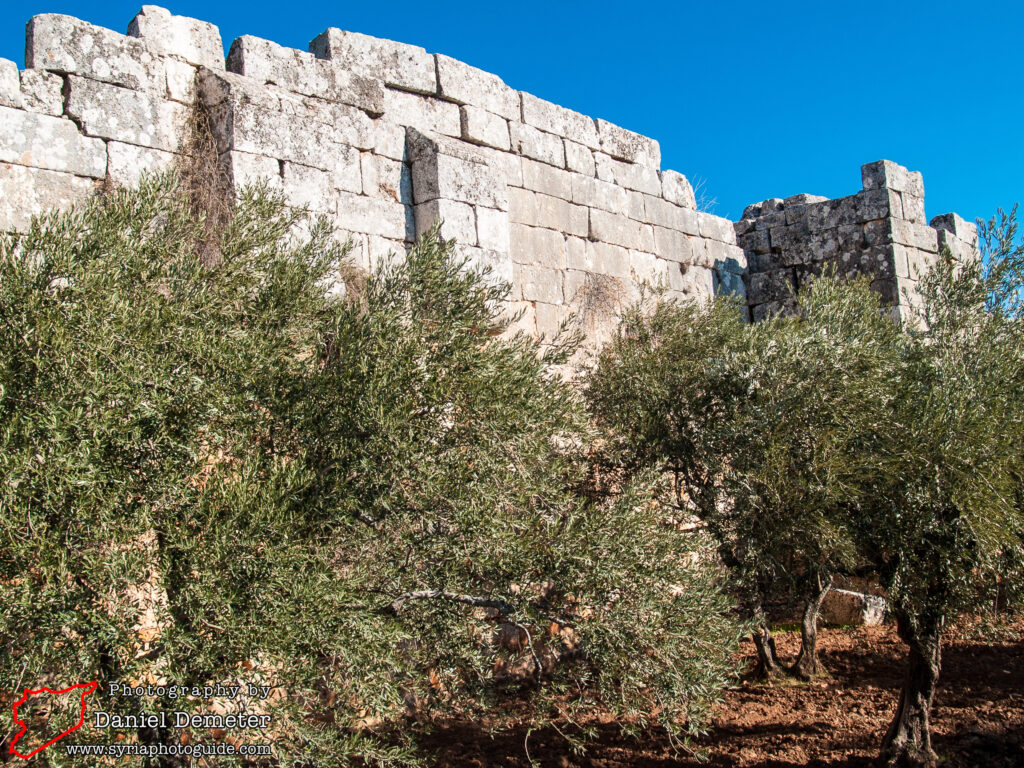
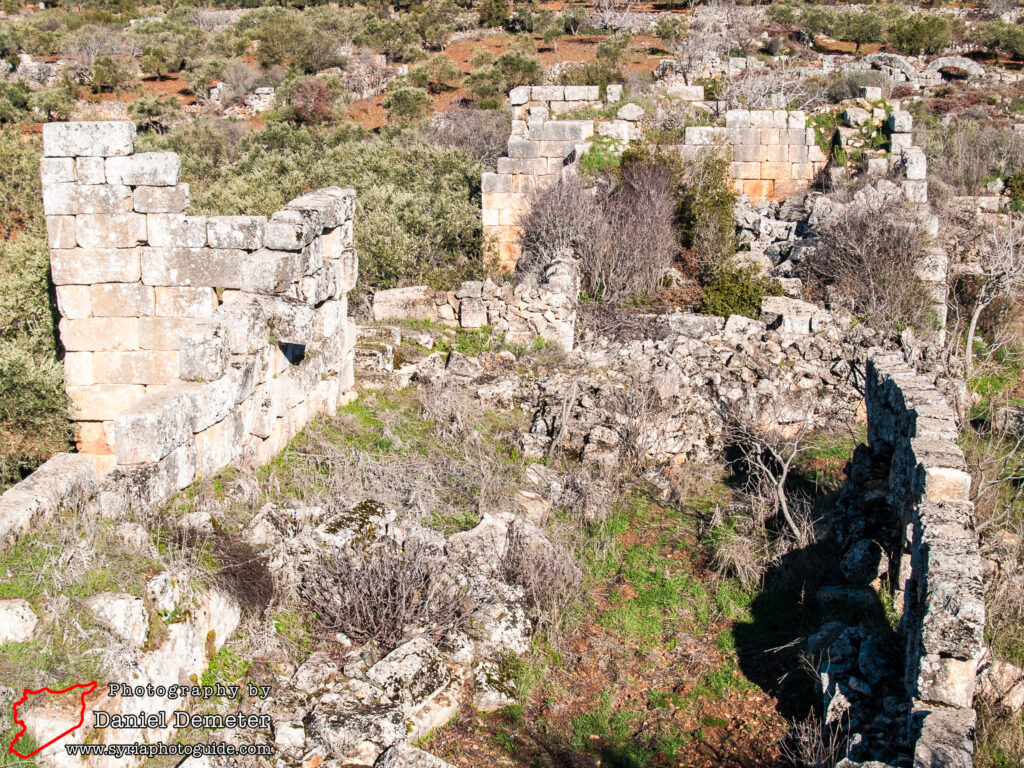
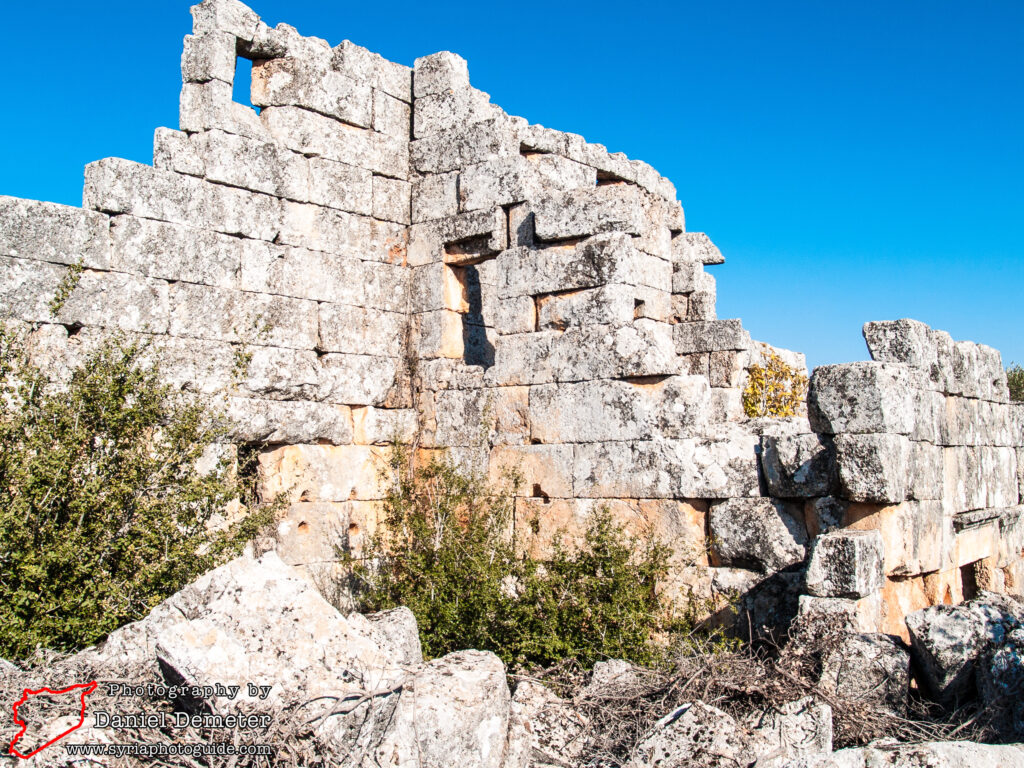
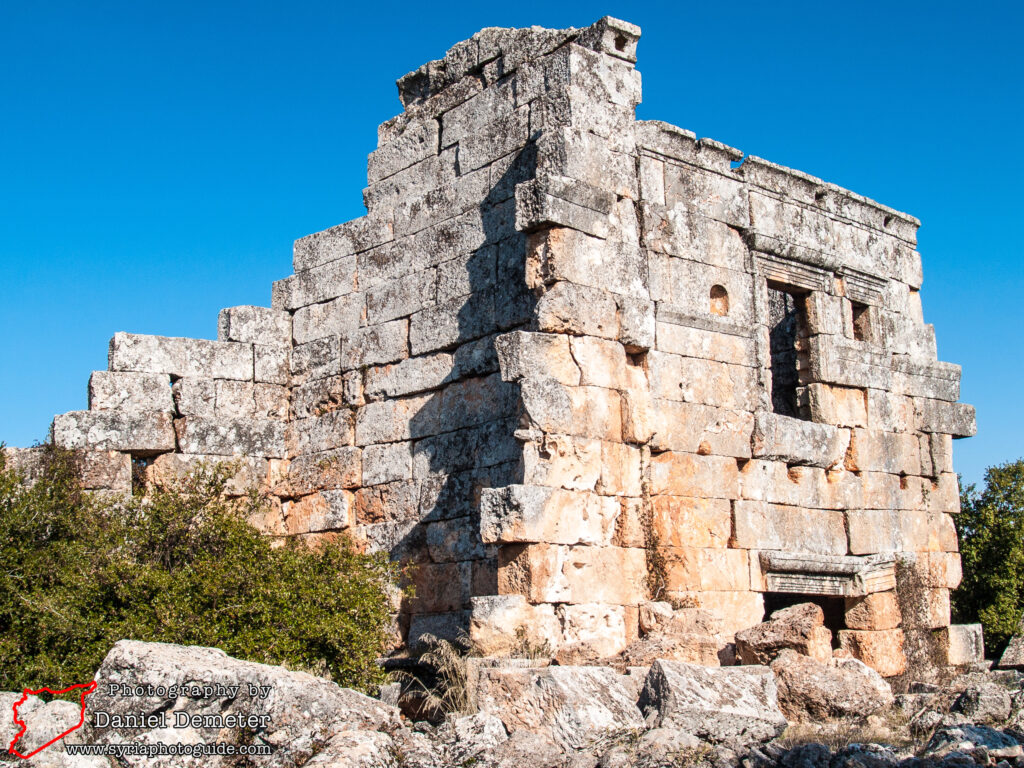
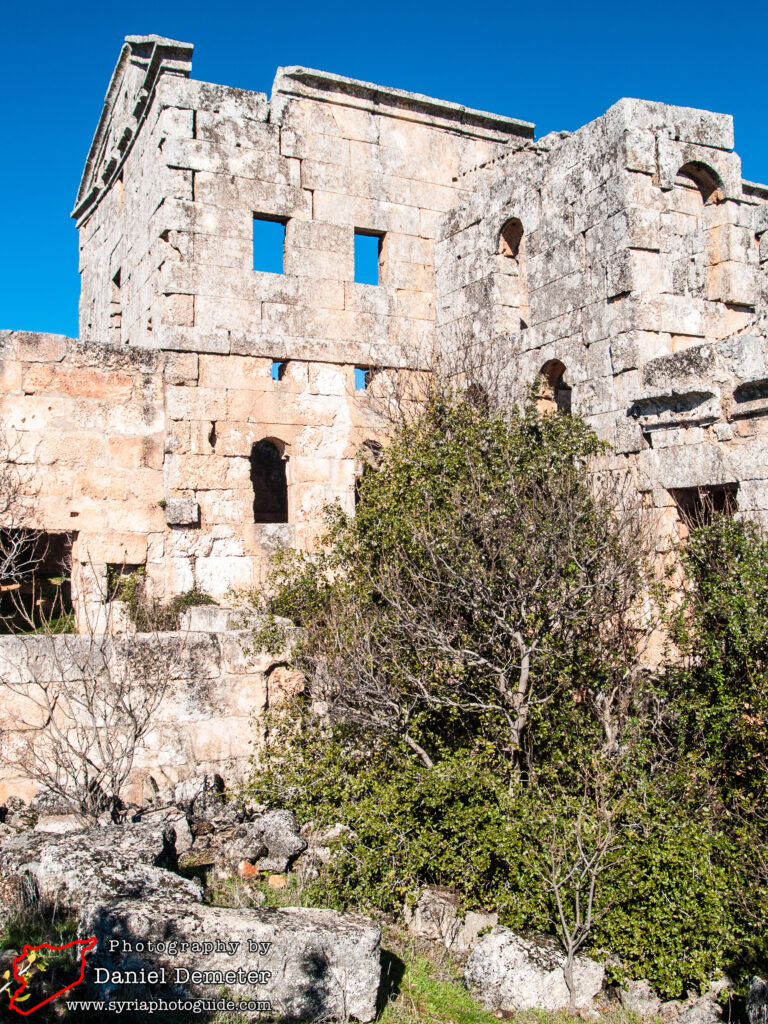
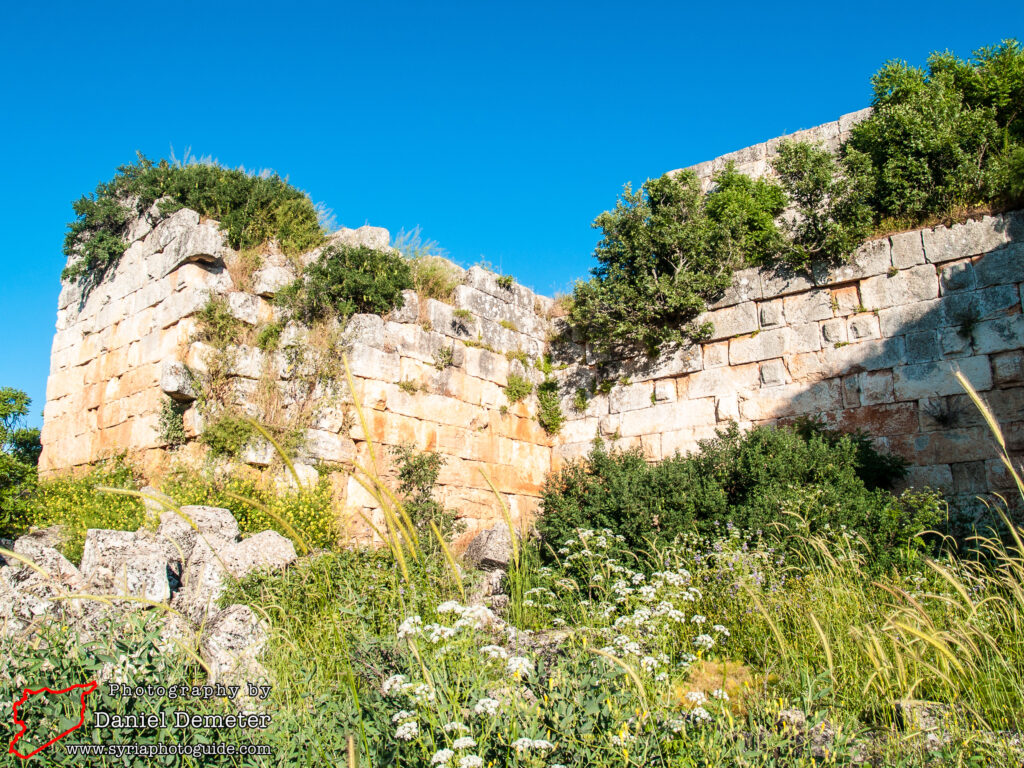
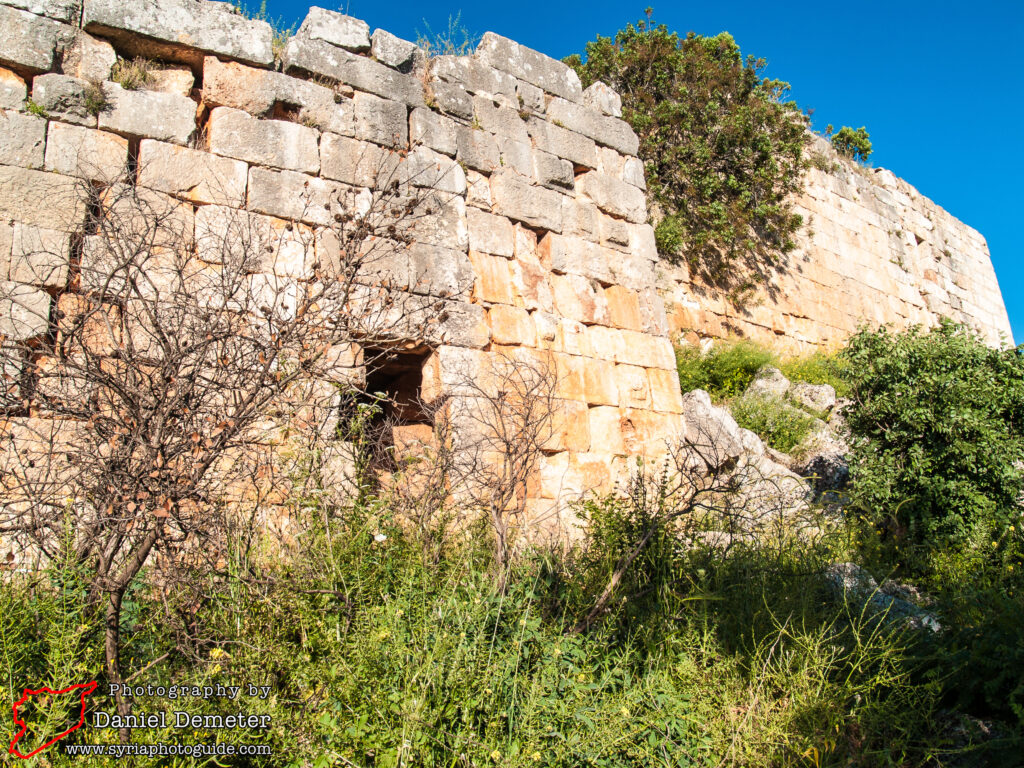
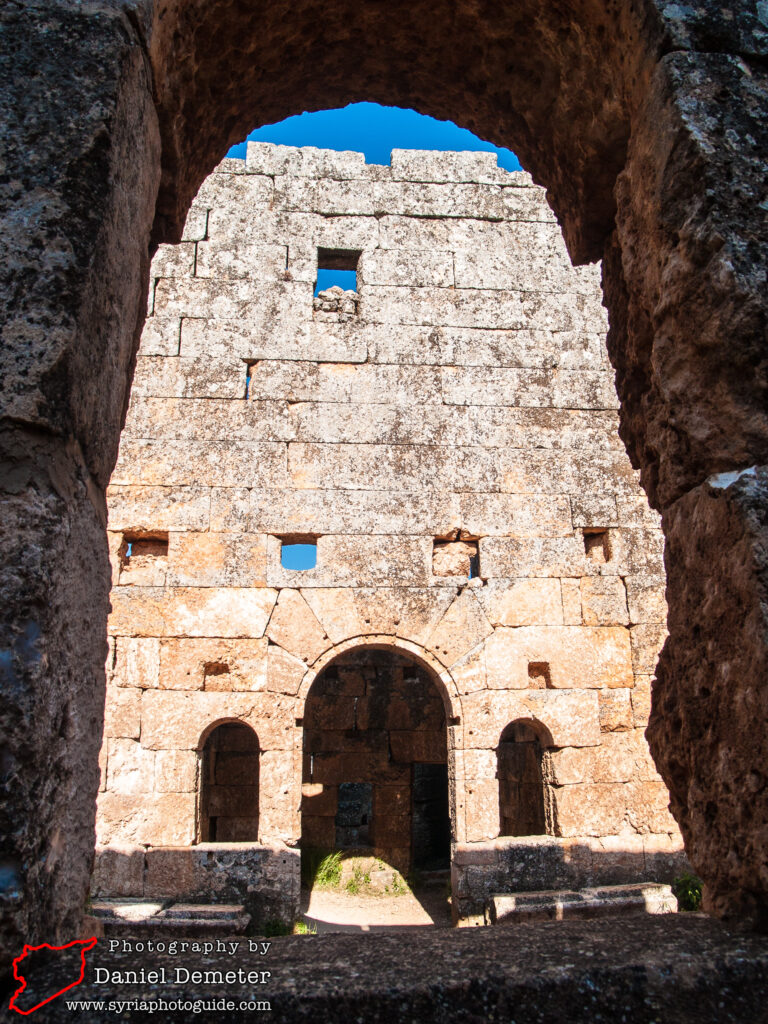
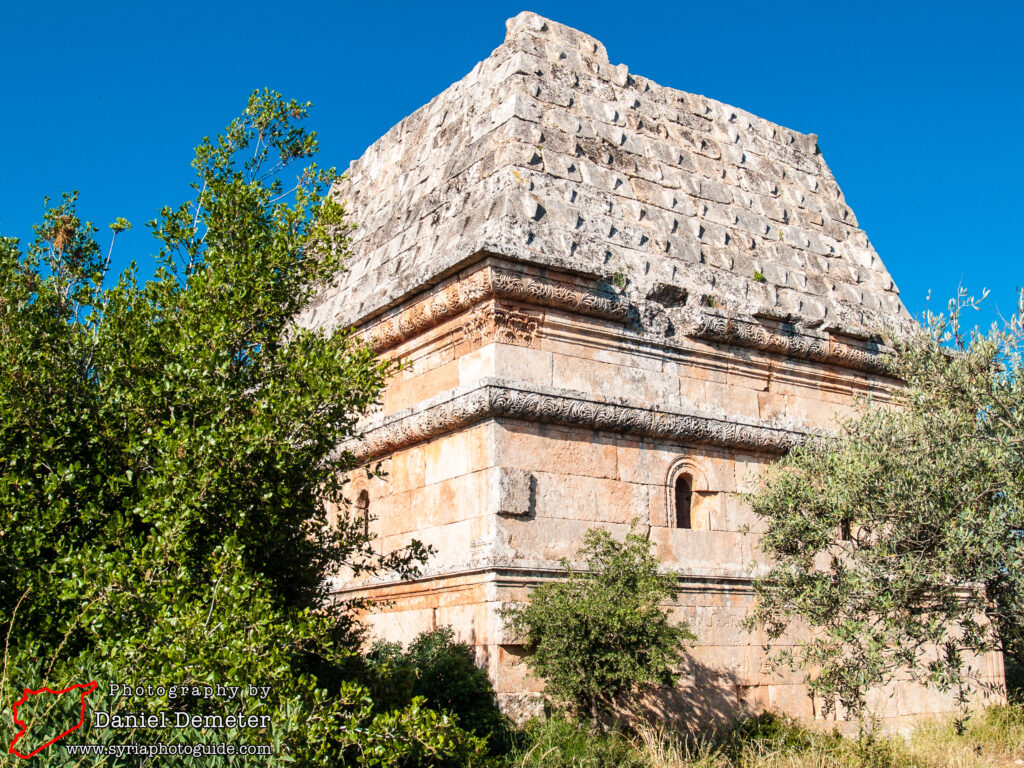
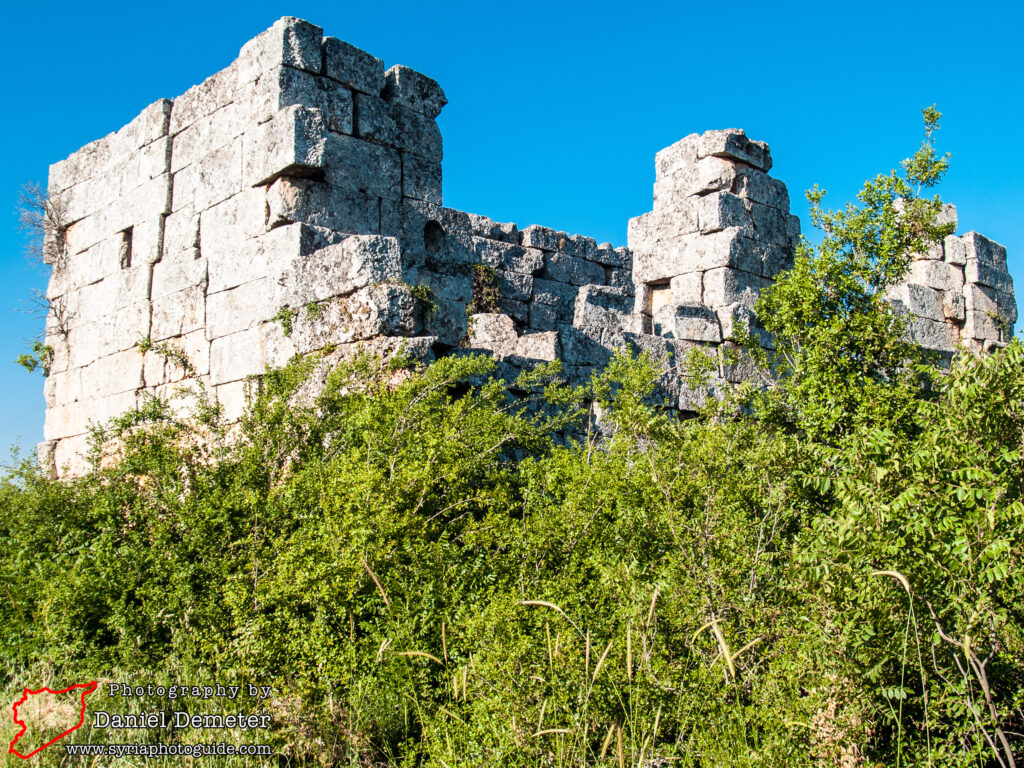
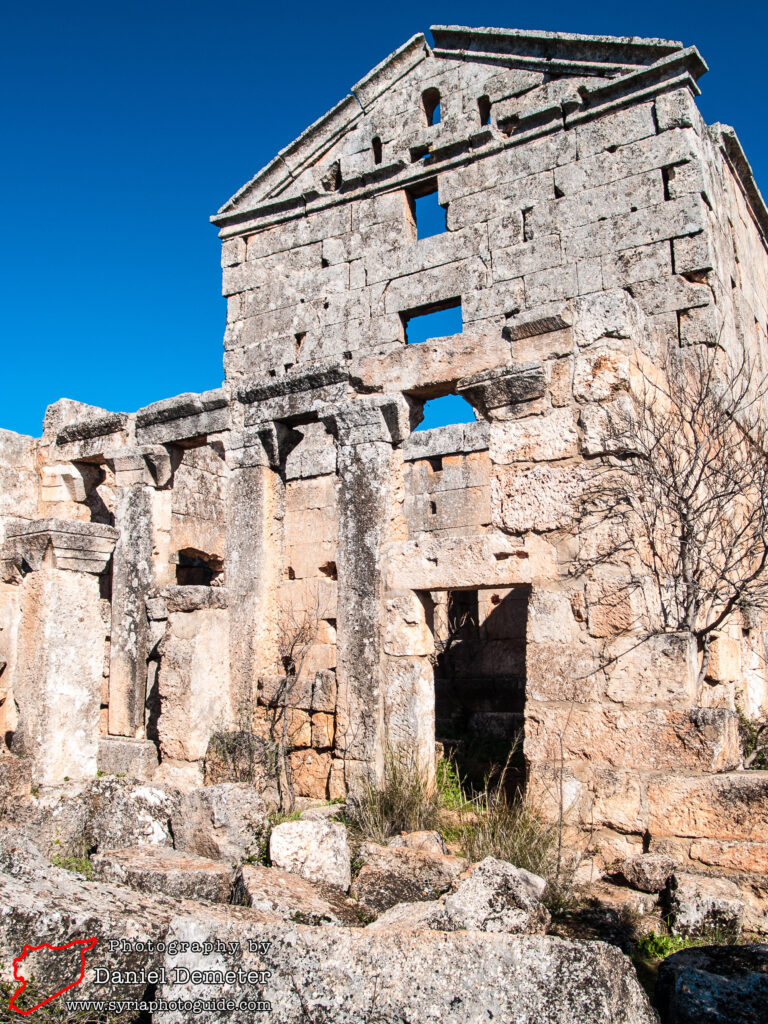
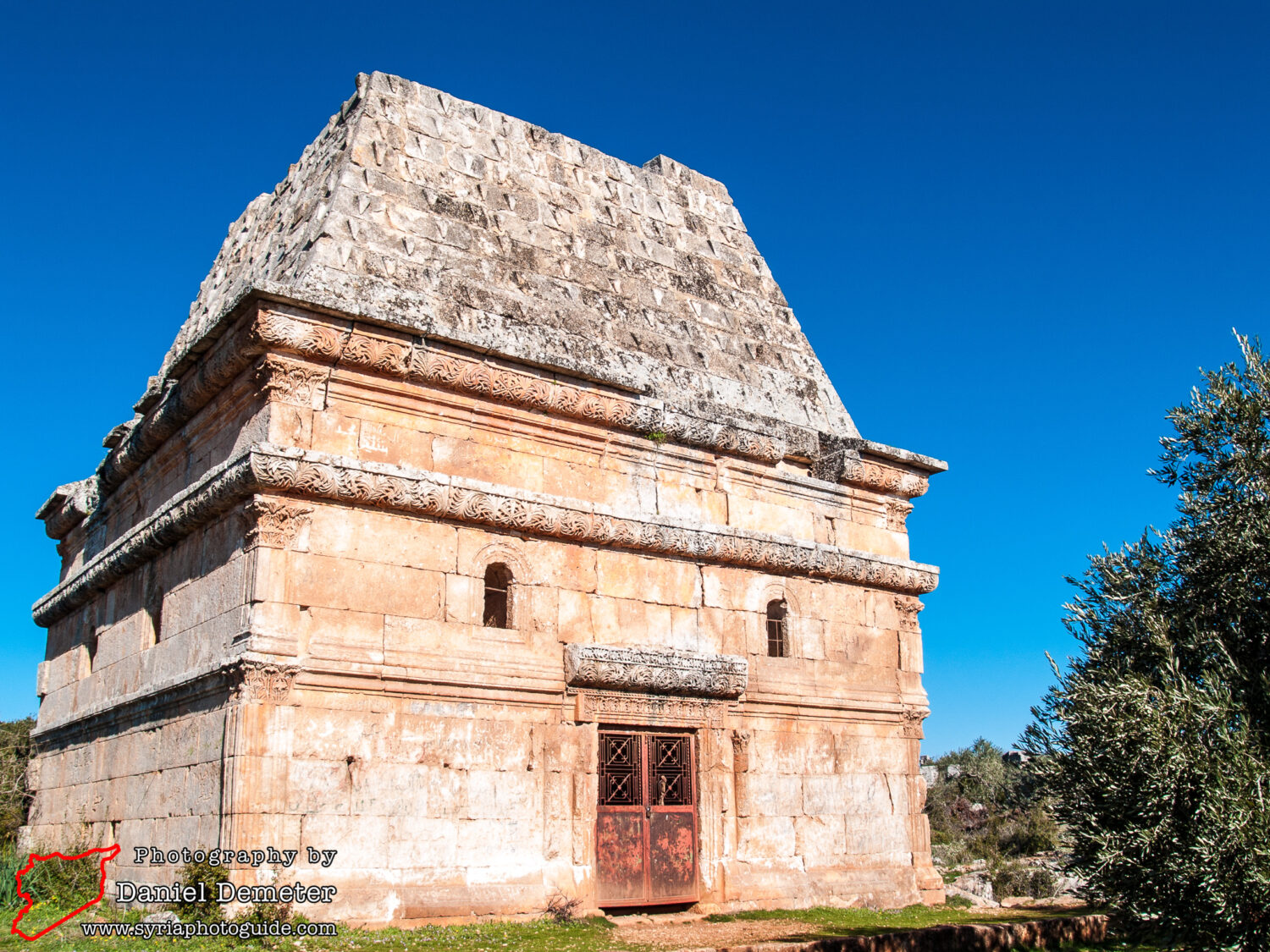
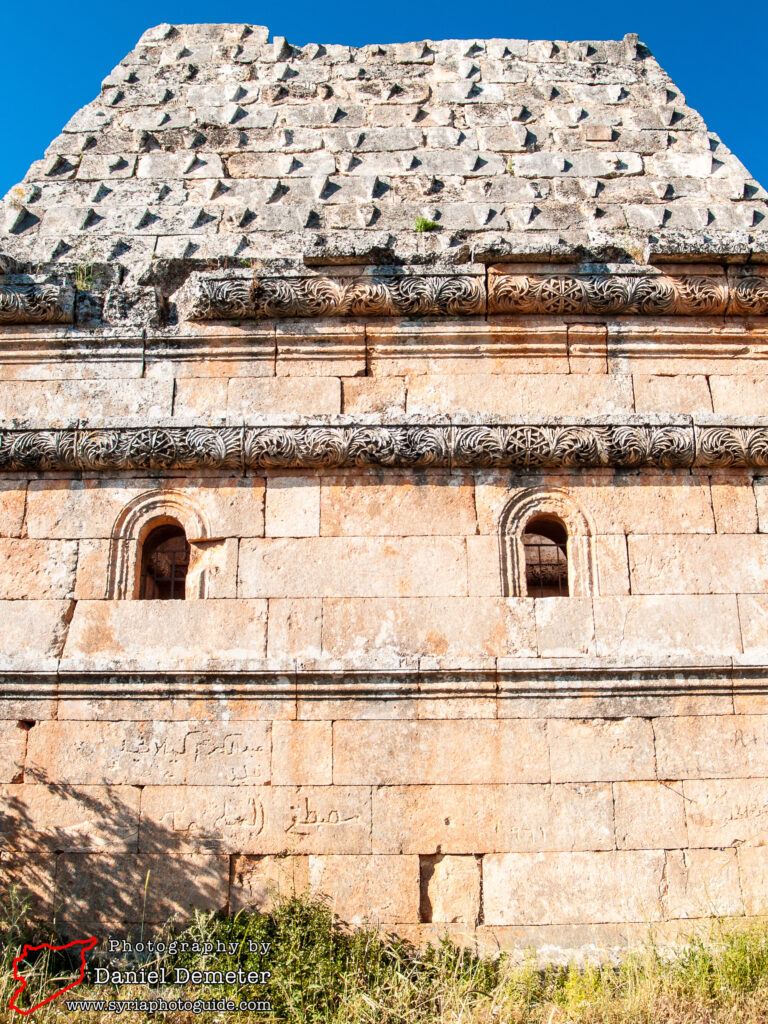
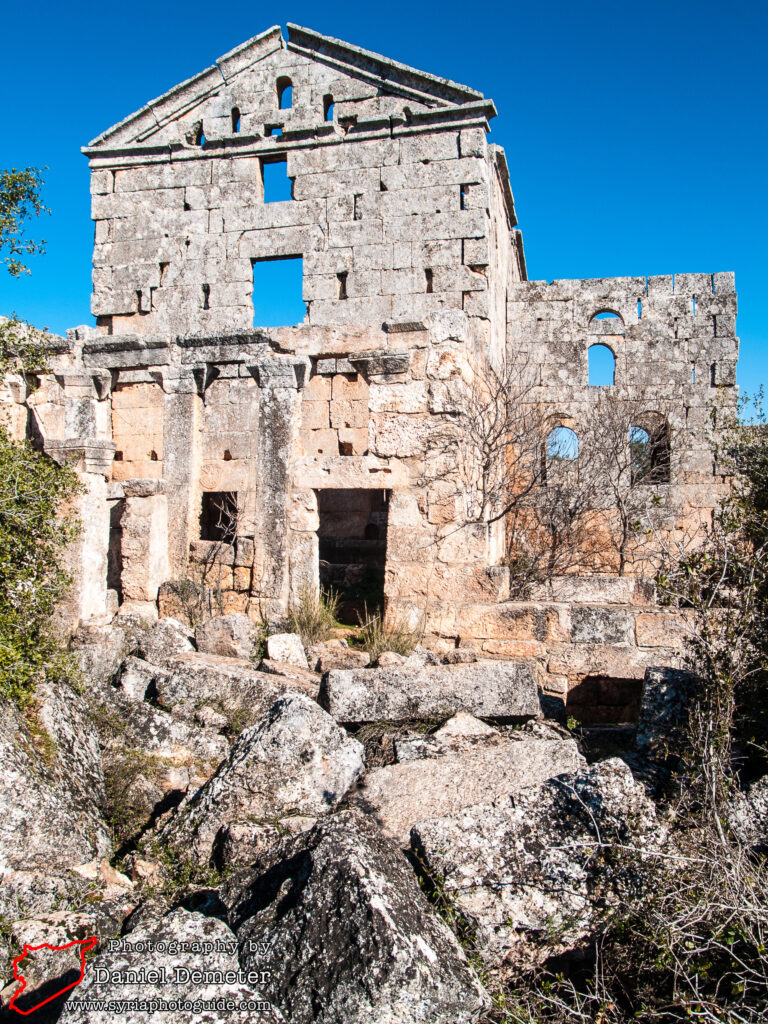
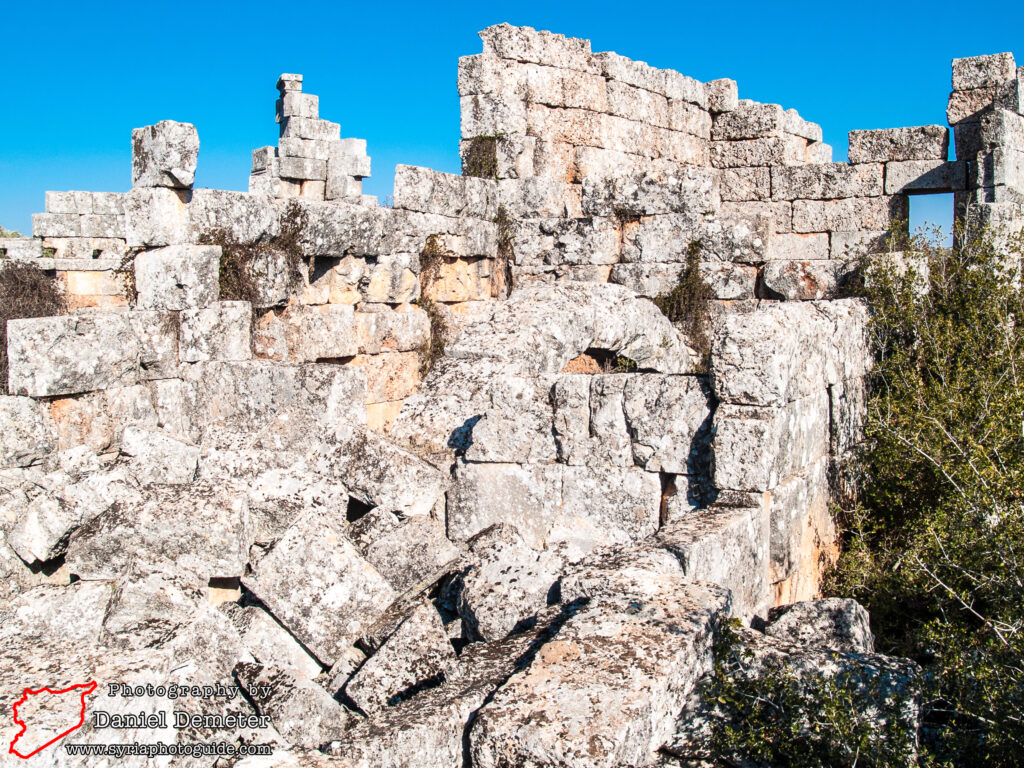
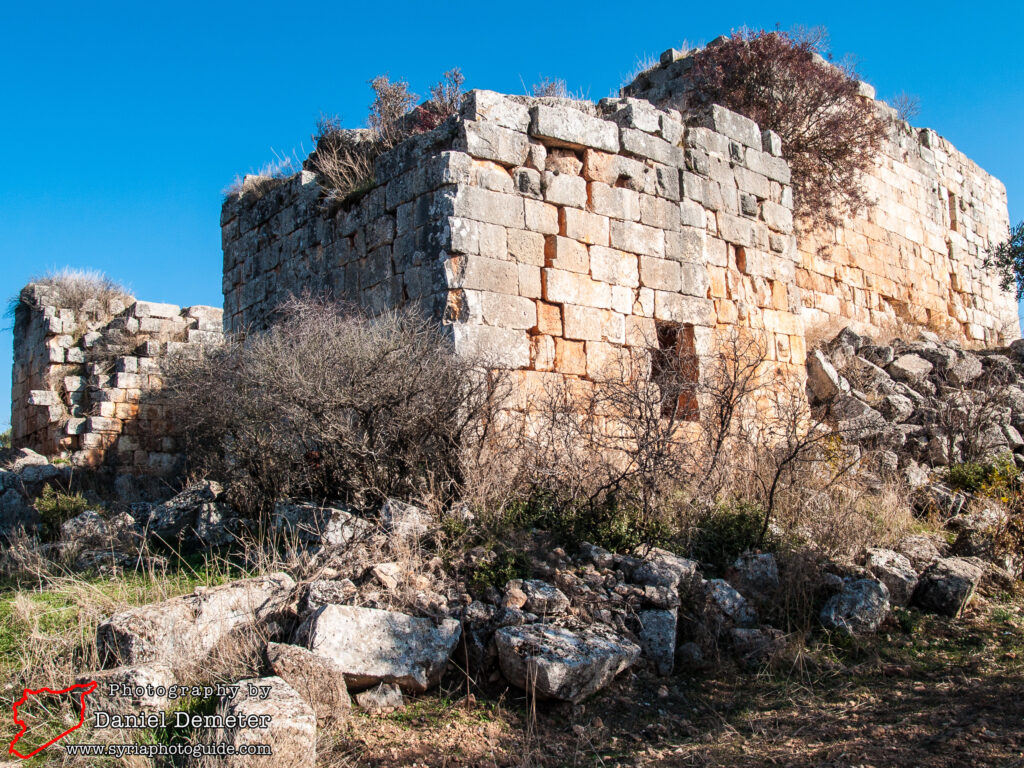
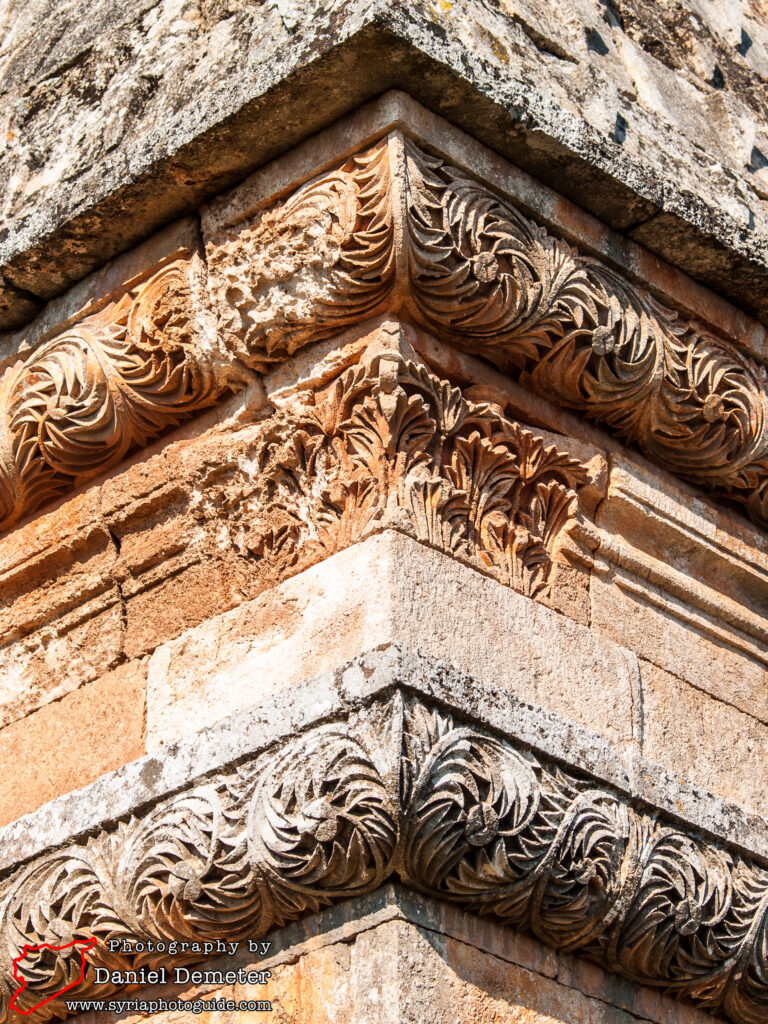
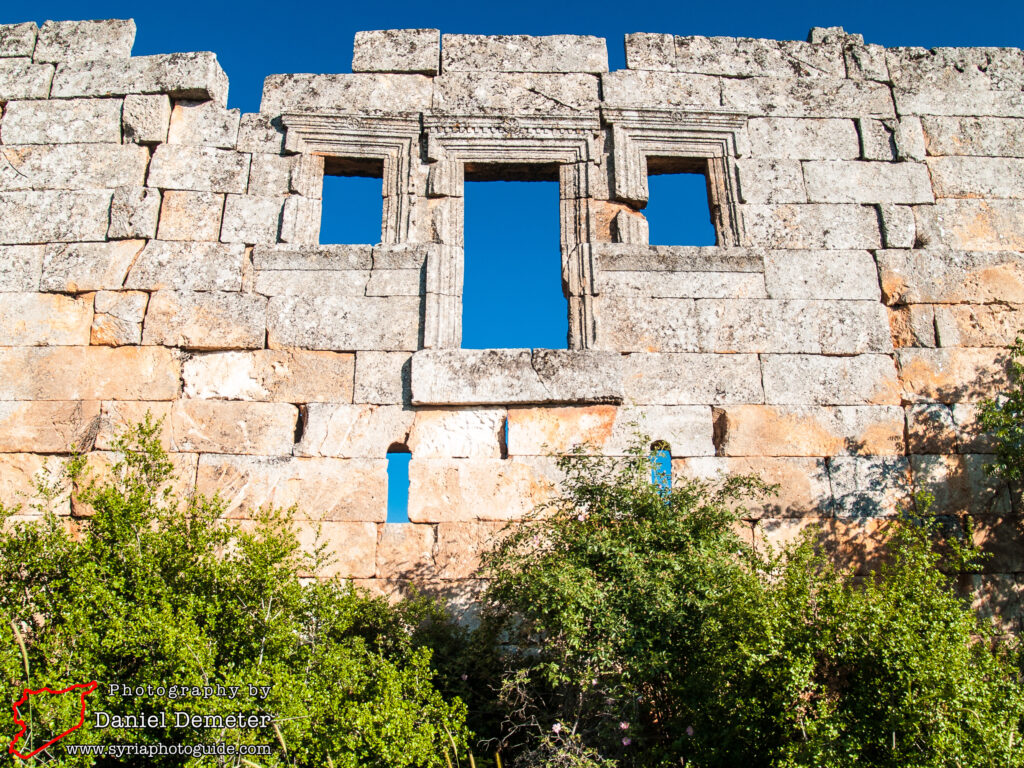

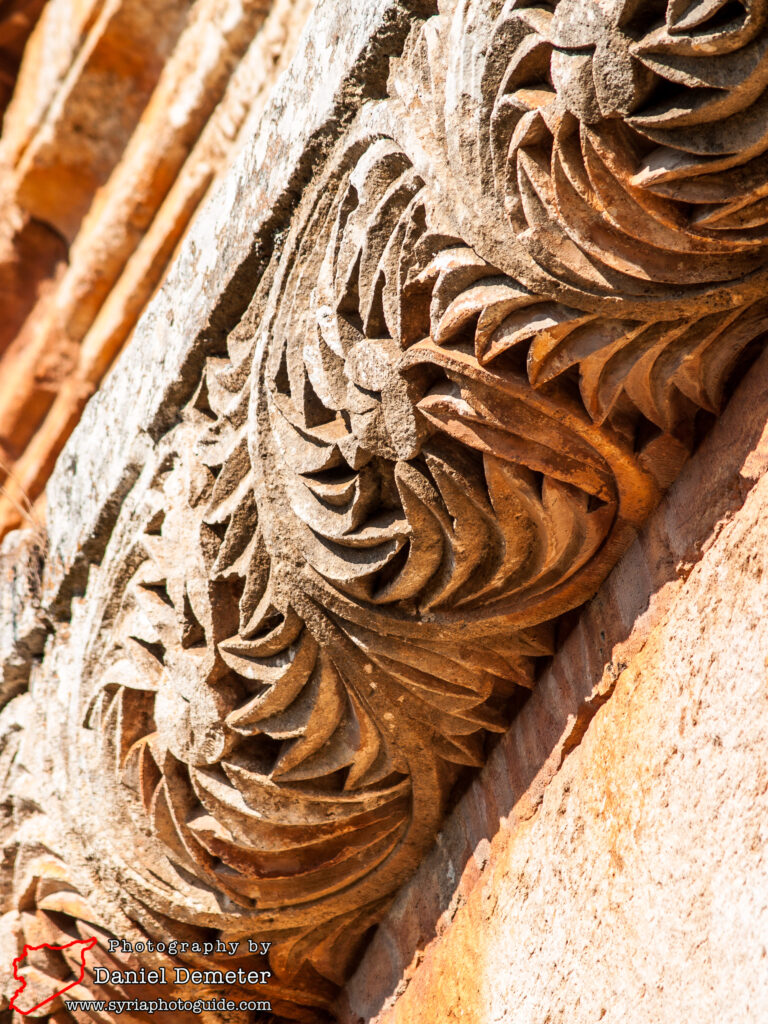
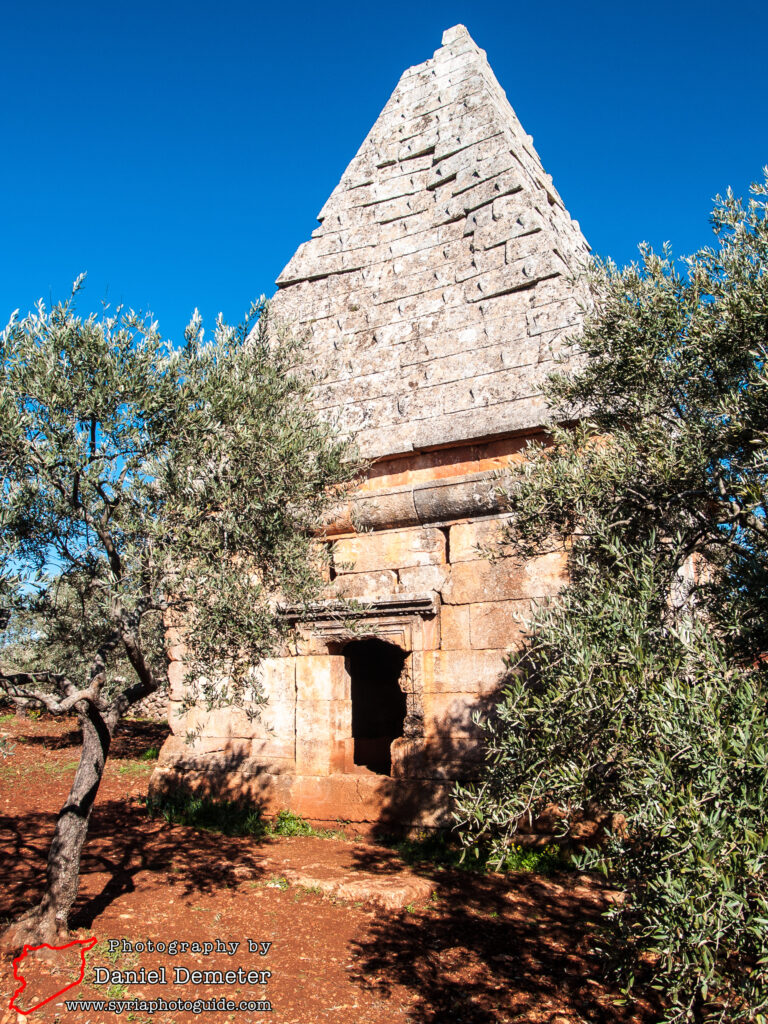
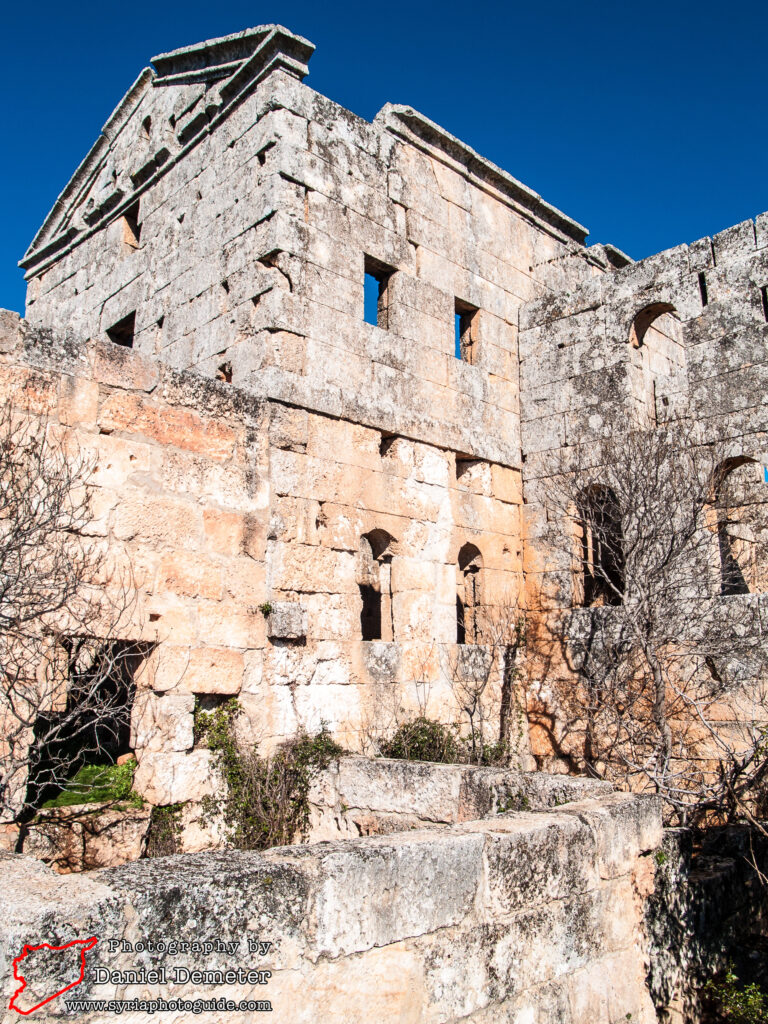
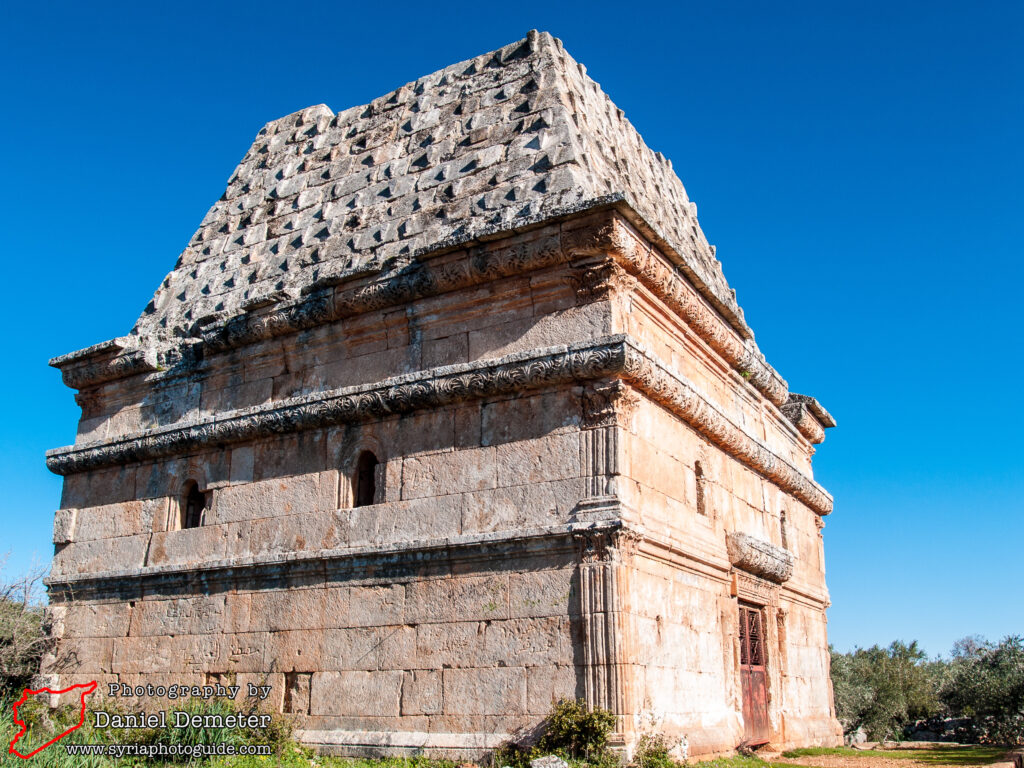
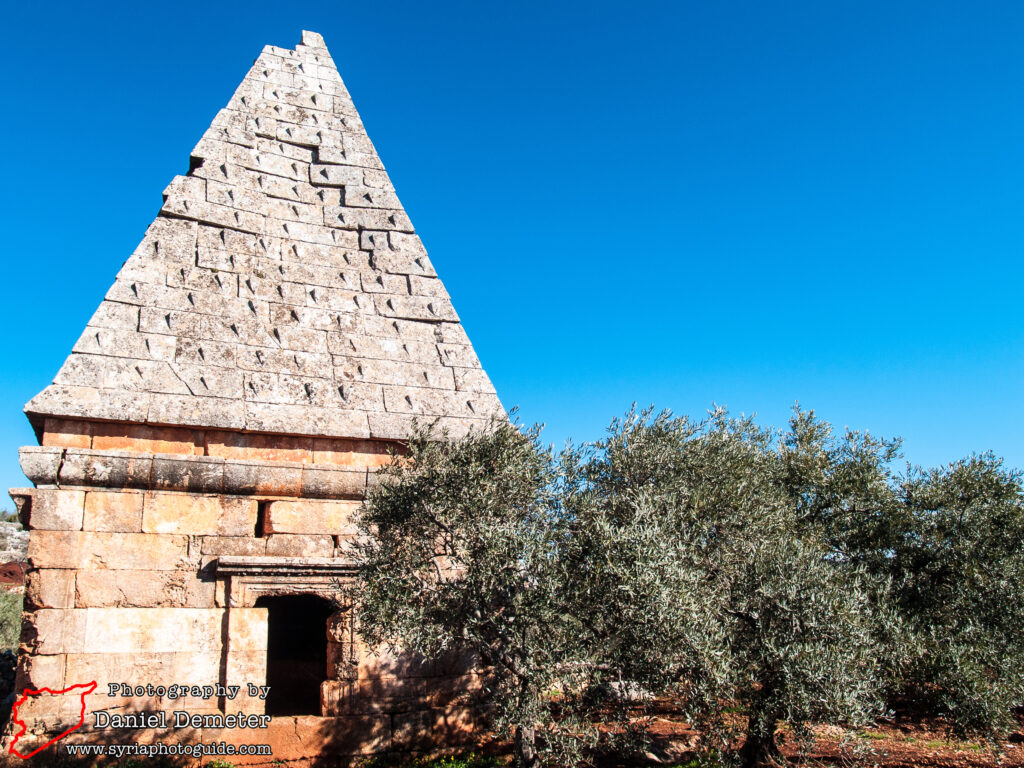
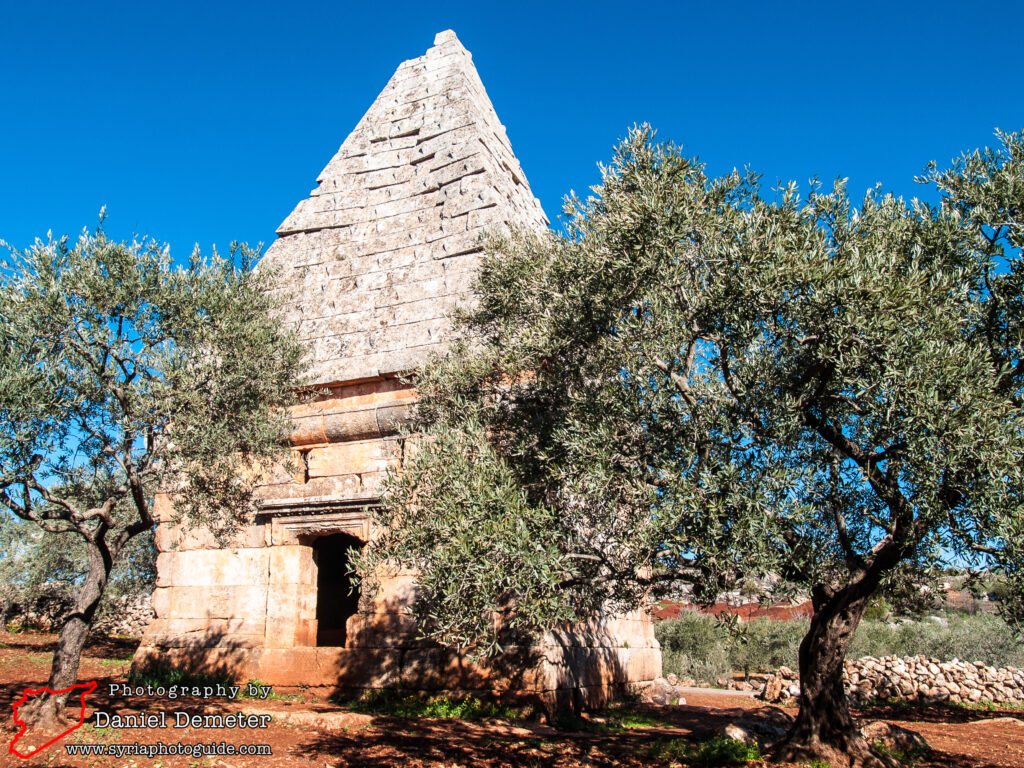
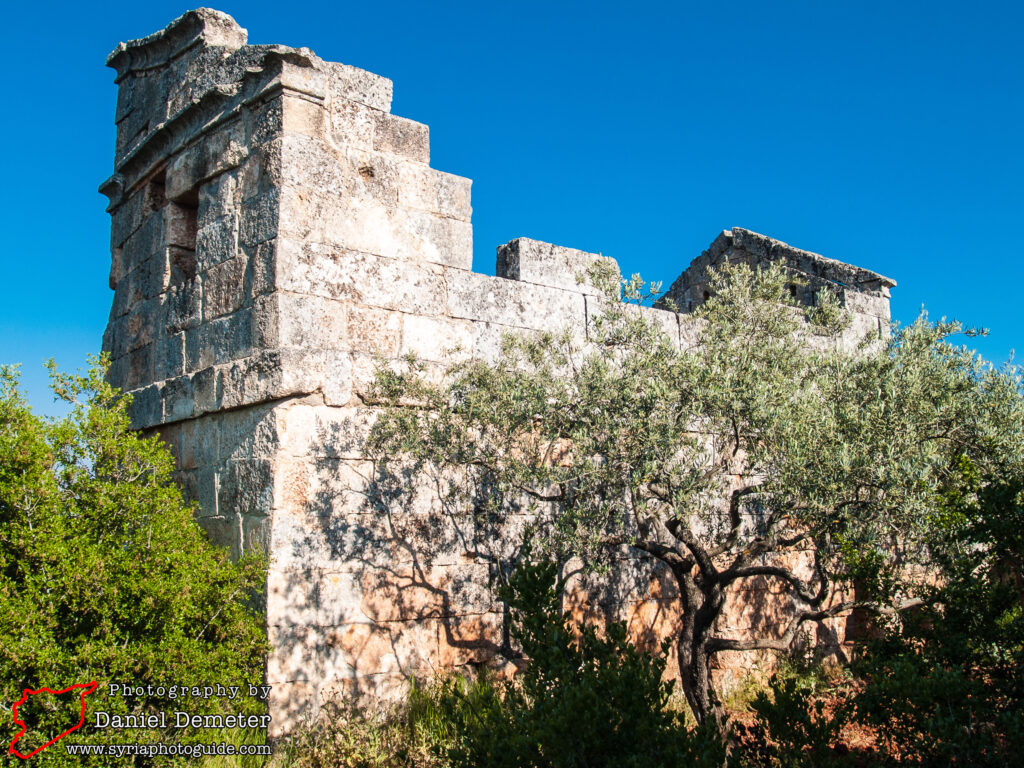
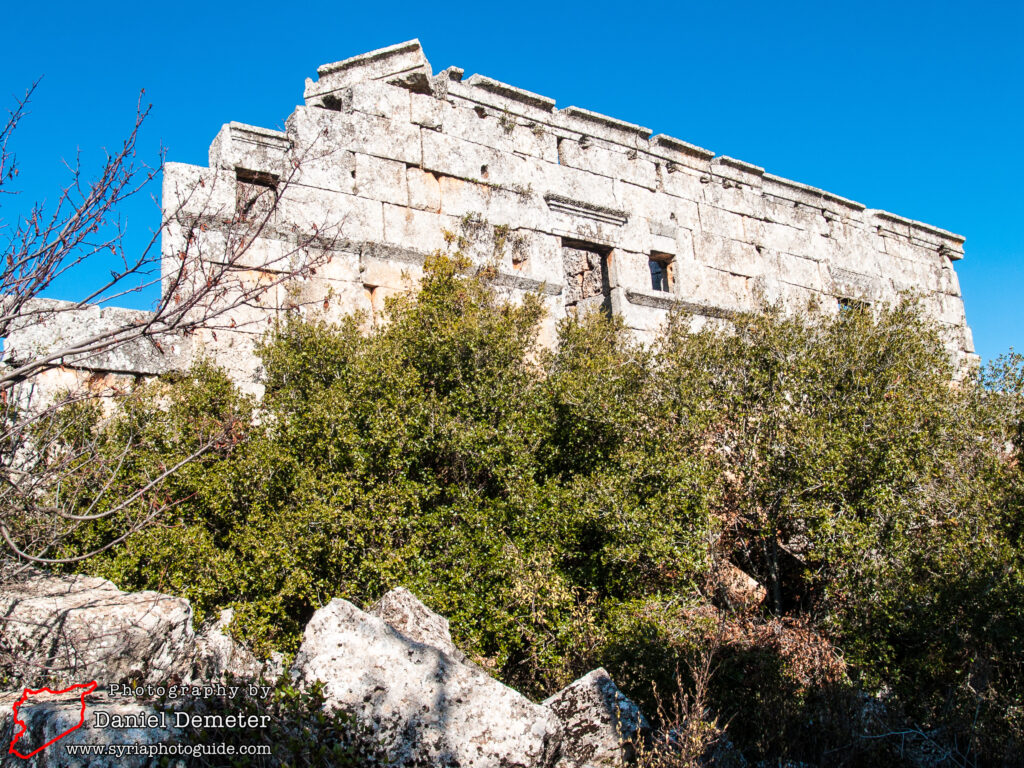

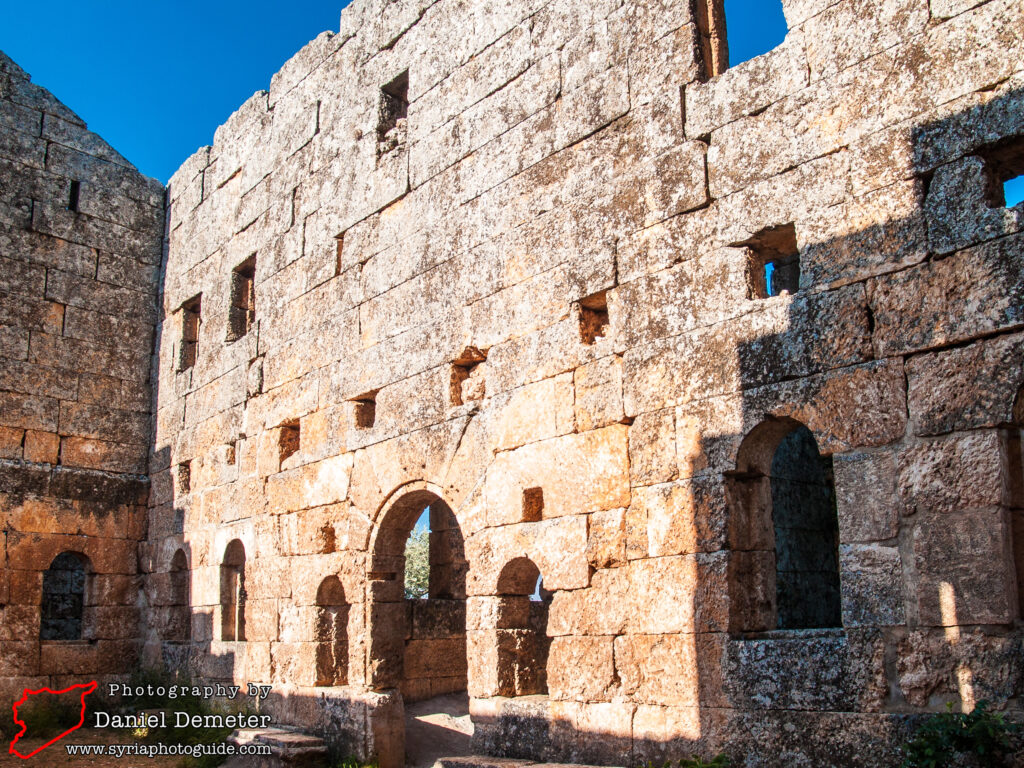
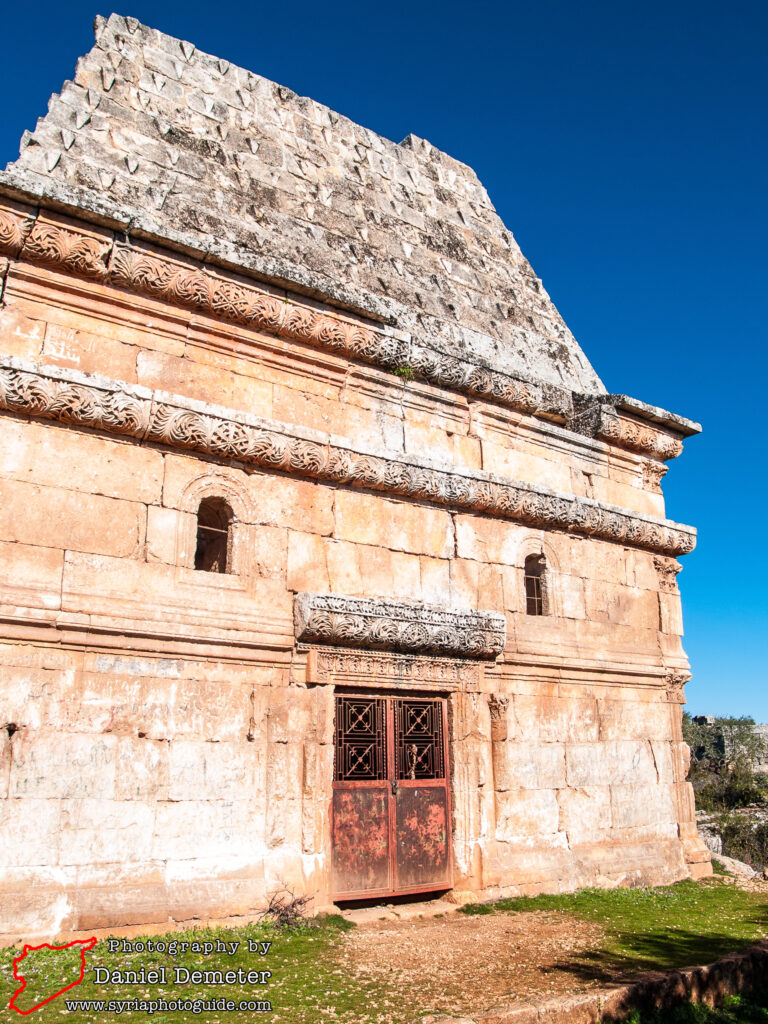
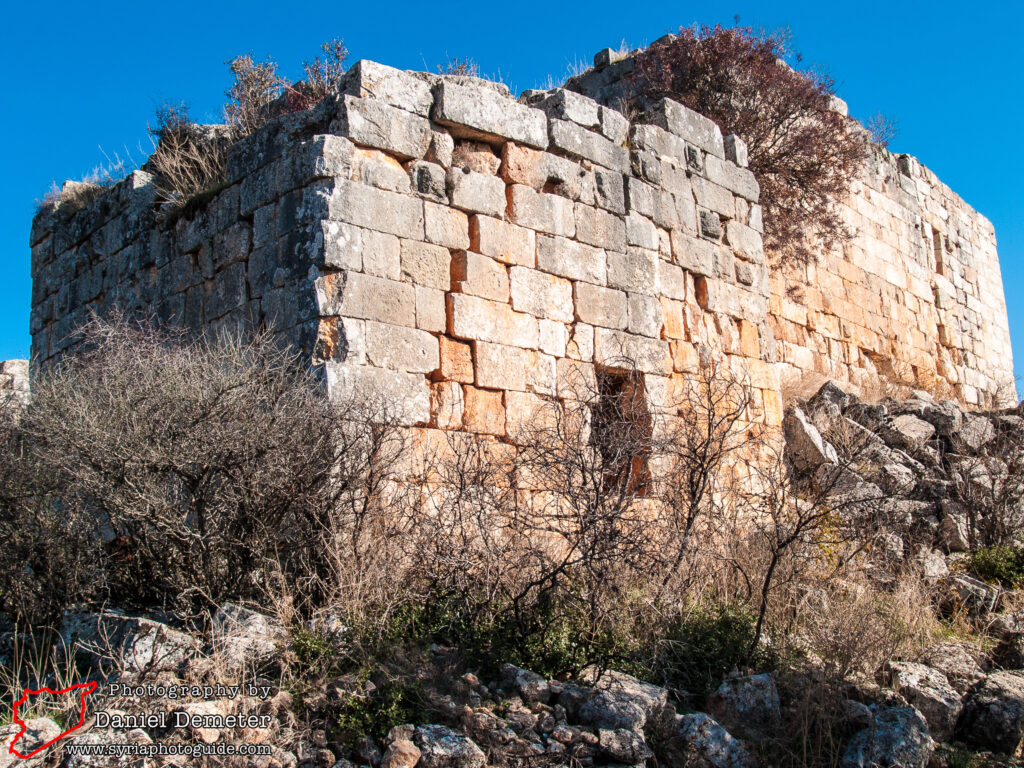
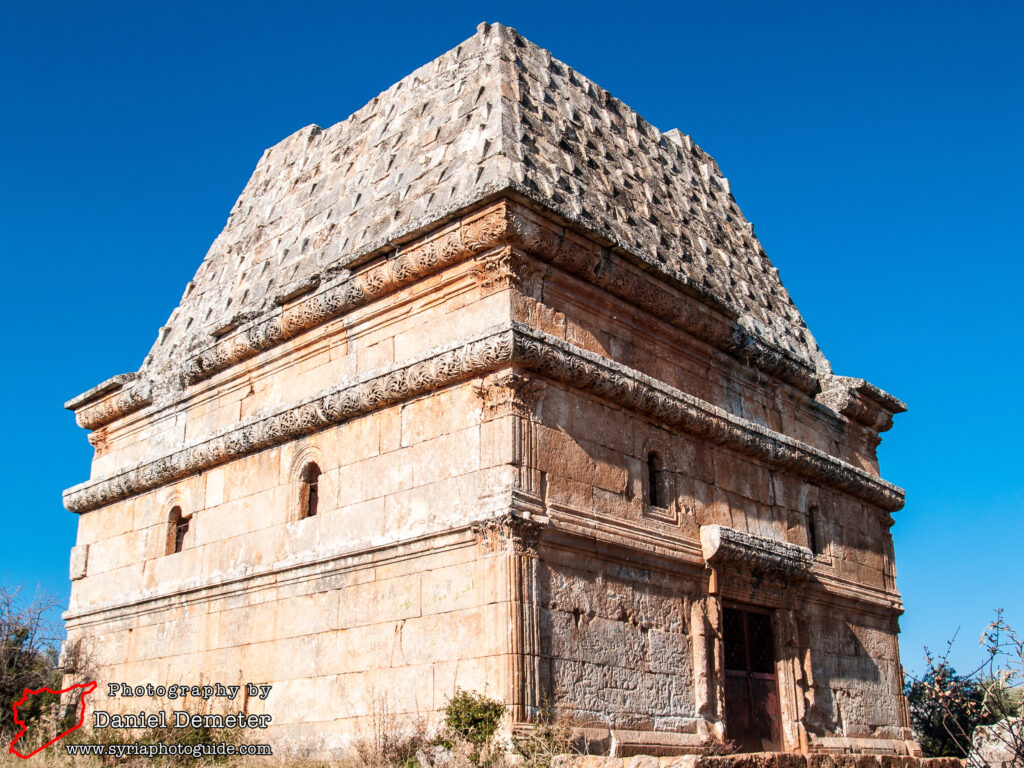

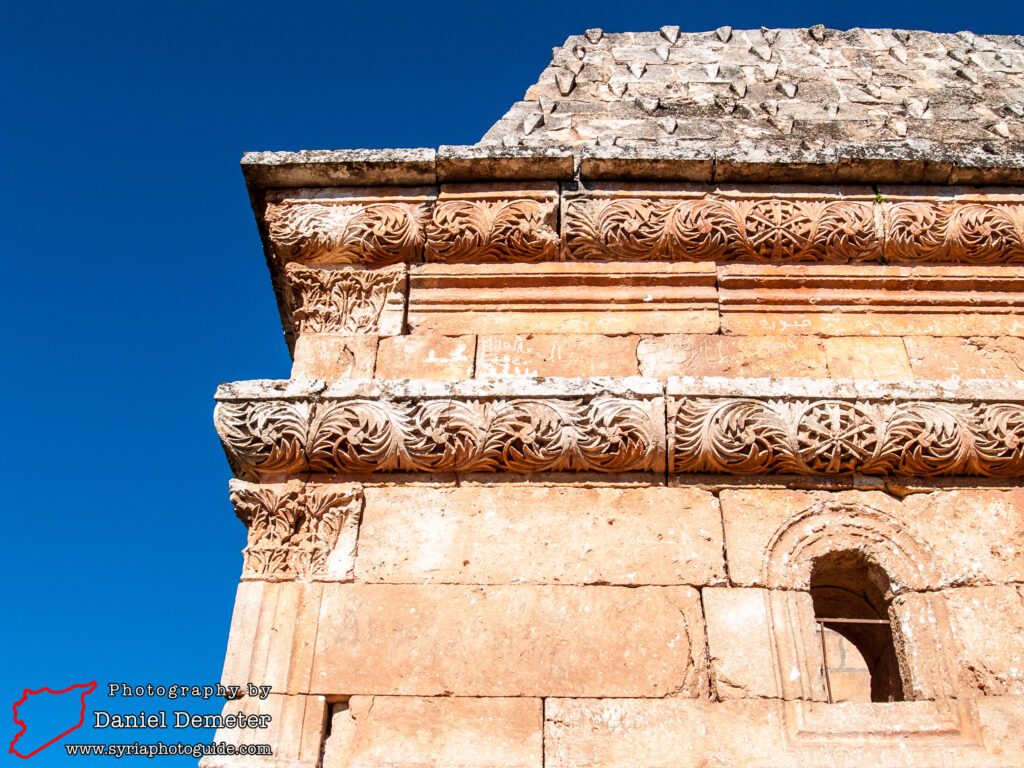
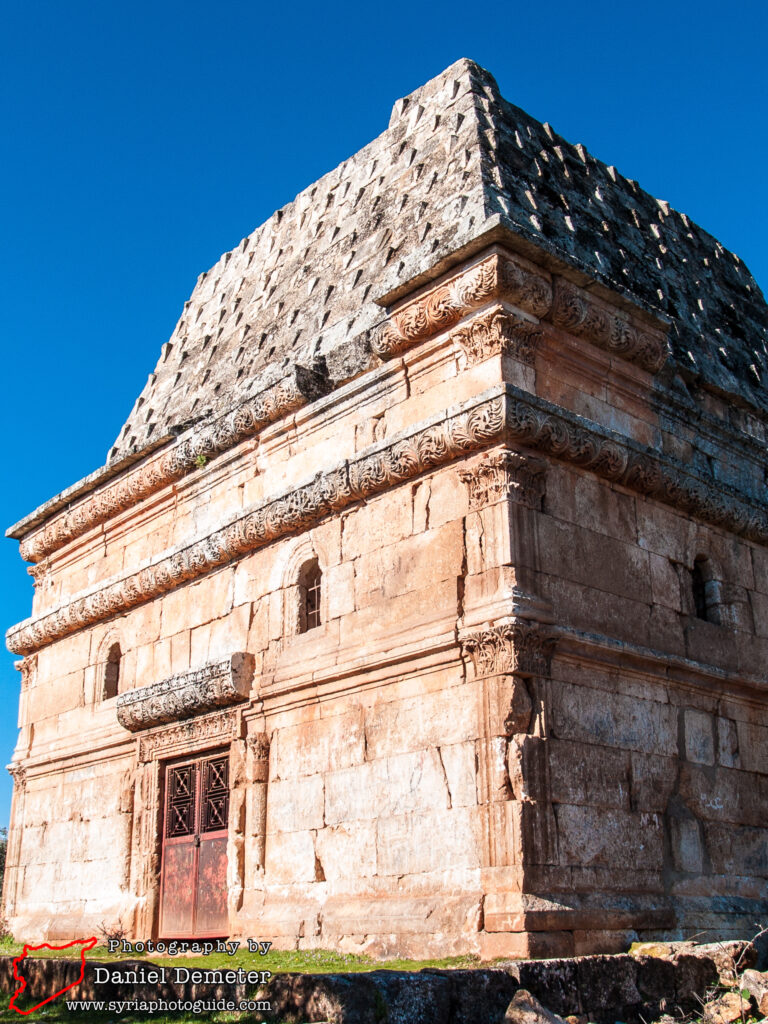
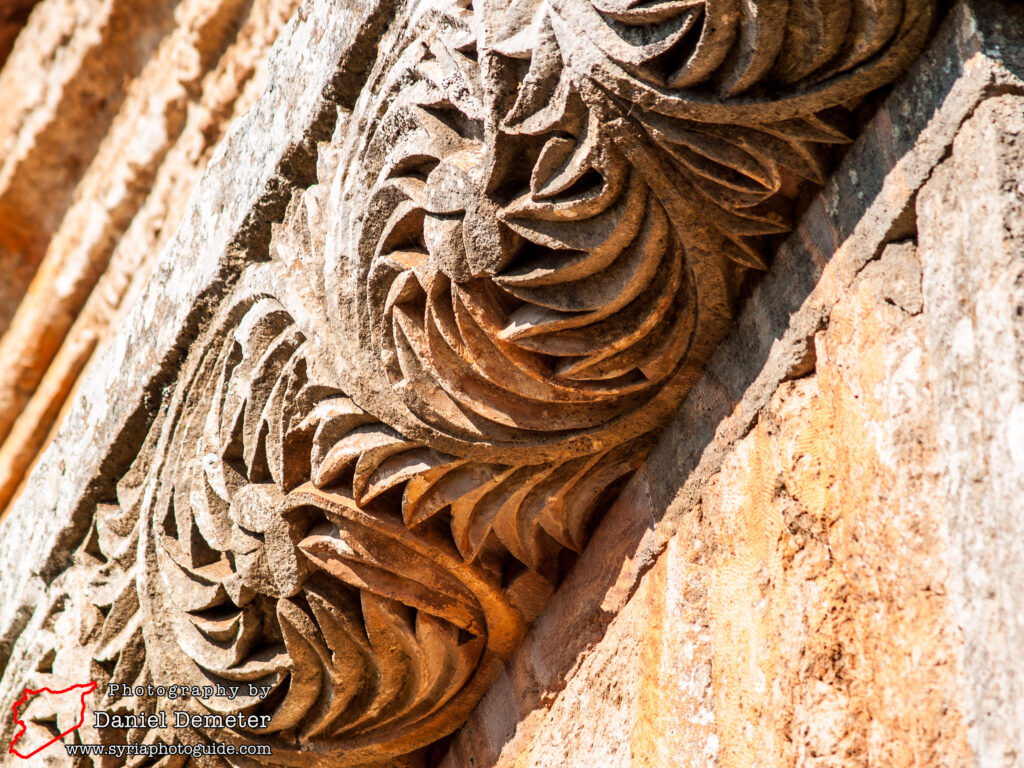
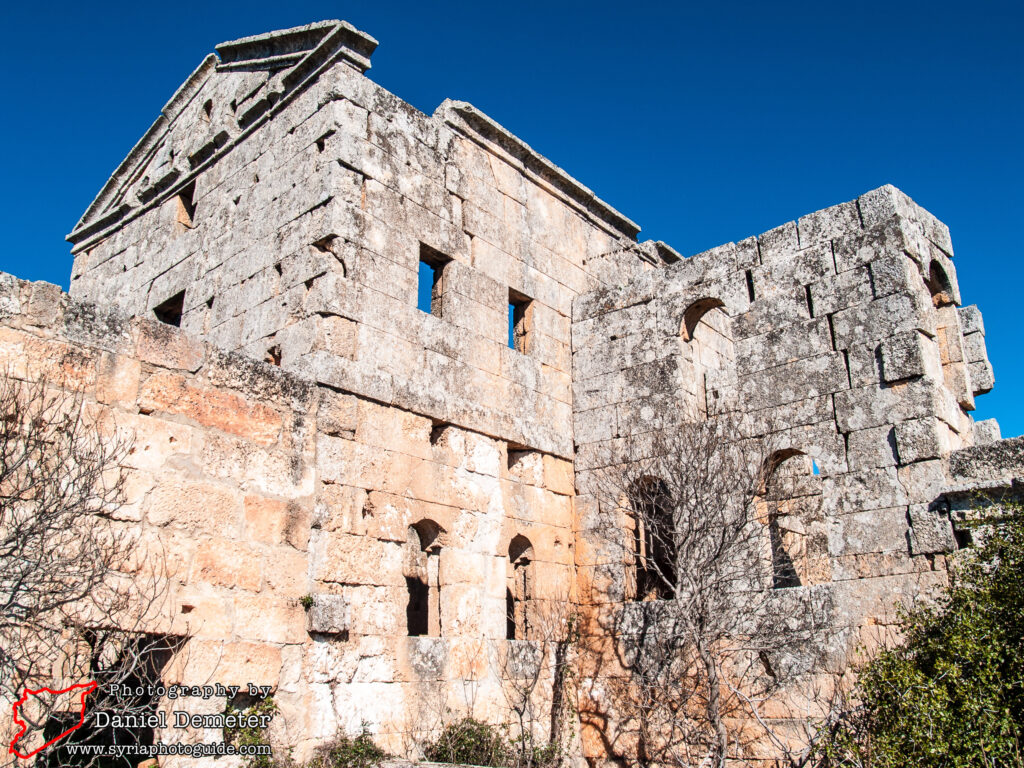

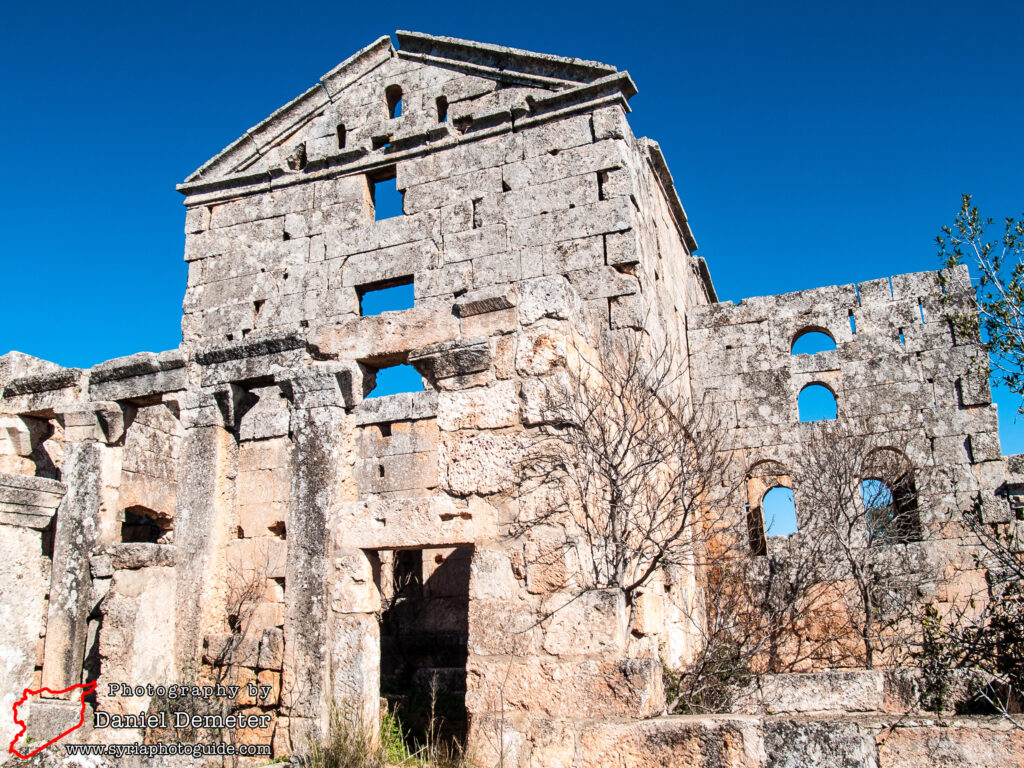
Getting There: It is most convenient to approach al-Bara (البارة) from the north. Regular microbuses travel from Aleppo (حلب) to Ariha (آريحا), a roughly thirty minute trip. From Ariha (آريحا) there are very infrequent microbuses directly to the modern town of al-Bara (البارة). The Byzantine ruins are directly to the west of the modern town, the later castle to the northwest.
Alternatively, to approach al-Bara (البارة) from the south, first travel to Maarat al-Naaman (معرة النعمان), which also has frequent microbus connections with Aleppo (حلب). That trip takes about forty five minutes. Maarat al-Naaman (معرة النعمان) also has microbus connections with Hama (حماة) and Idleb (إدلب), but these are less frequent.
From Maarat al-Naaman (معرة النعمان), the next step is to find a microbus to the town of Kafr Nabl (كفر نبل), about ten kilometers to the southwest. There is no regular public transportation beyond Kafr Nabl (كفر نبل), so you’ll either need to hire a driver from here or walk the remaining distance. al-Bara (البارة) is about six kilometers to the north.
Coordinates: 35°41’17.42″N / 36°31’51.34″E
Transliteration Variants: al-Barah, al-Bareh
Rating: 8 / 10
